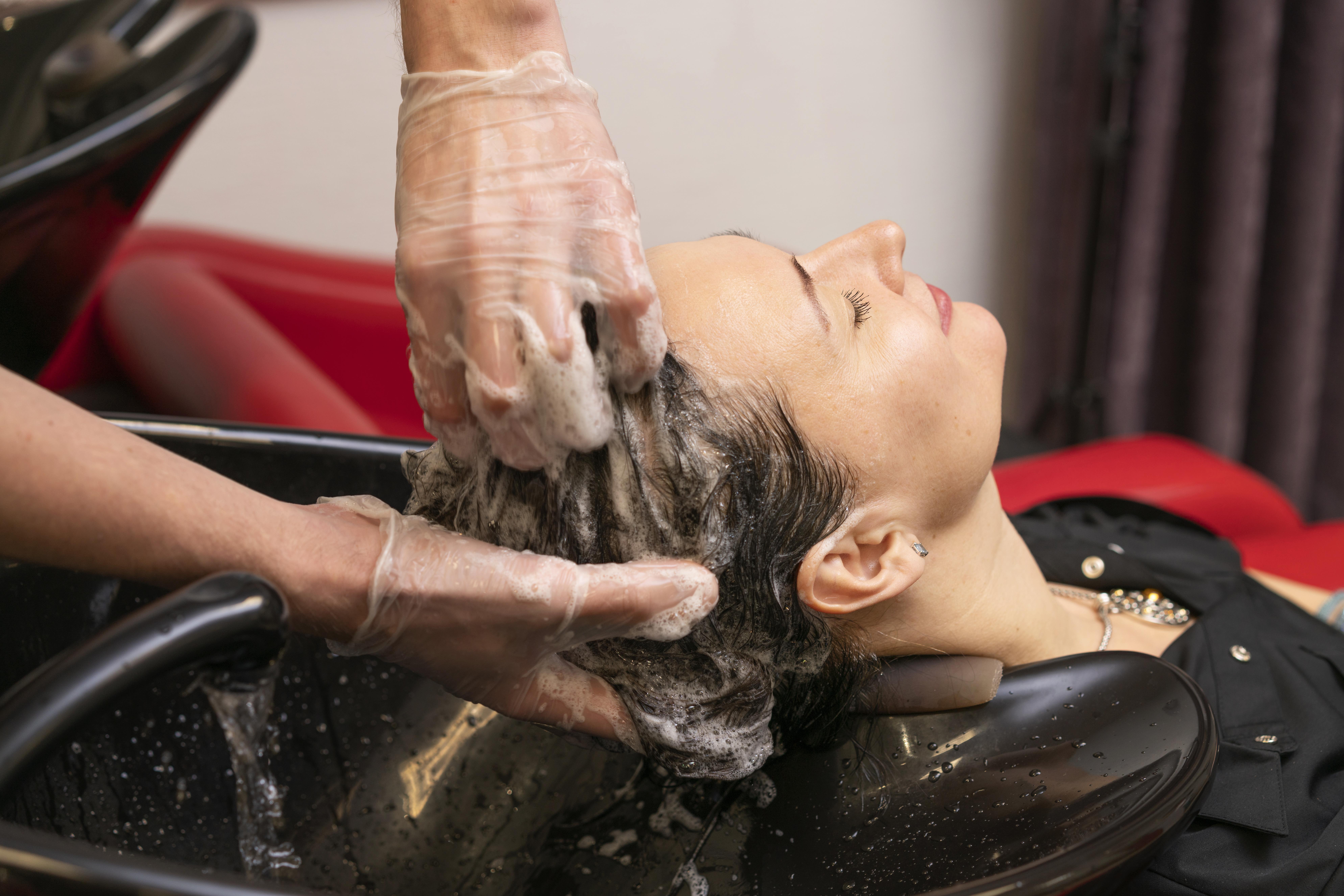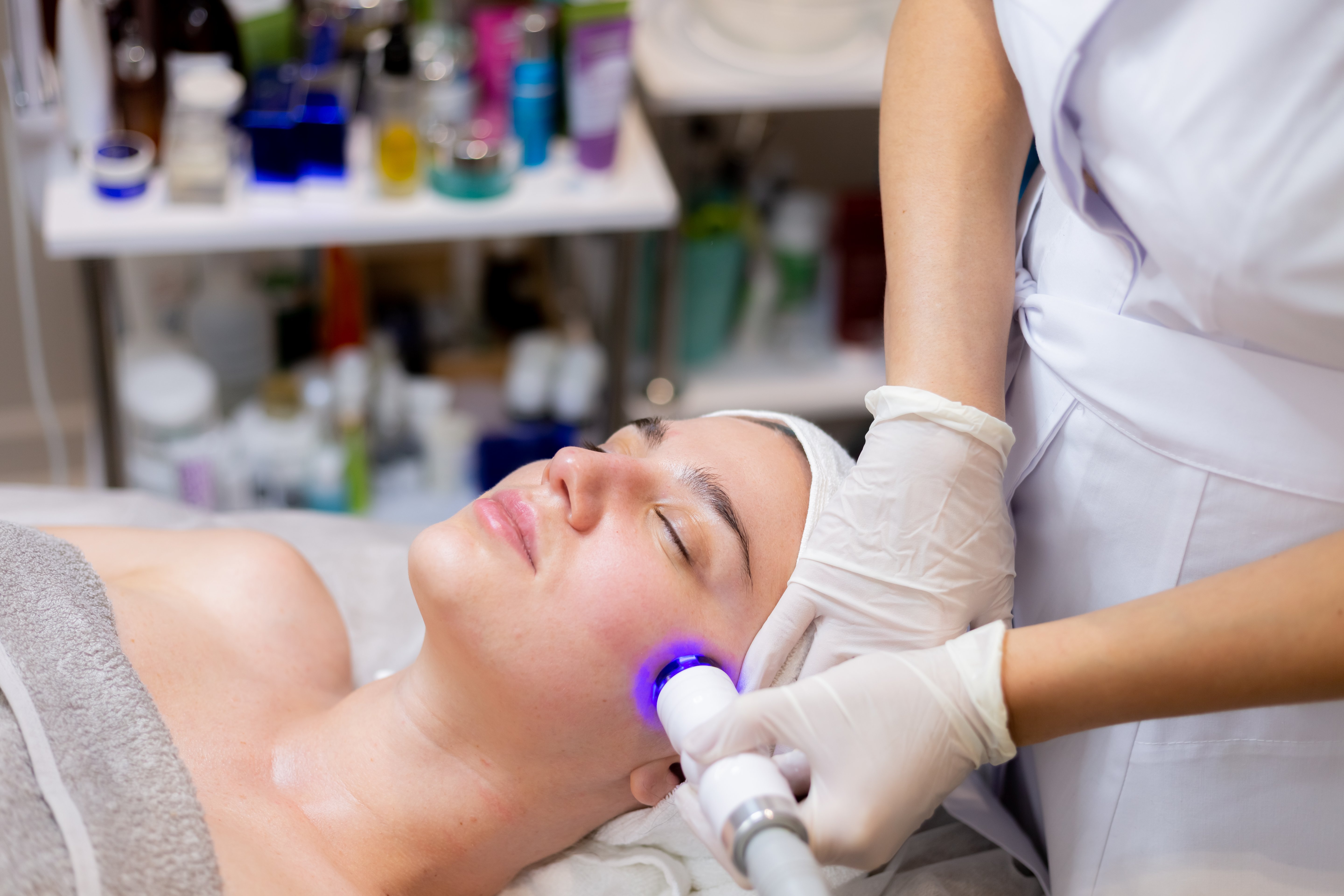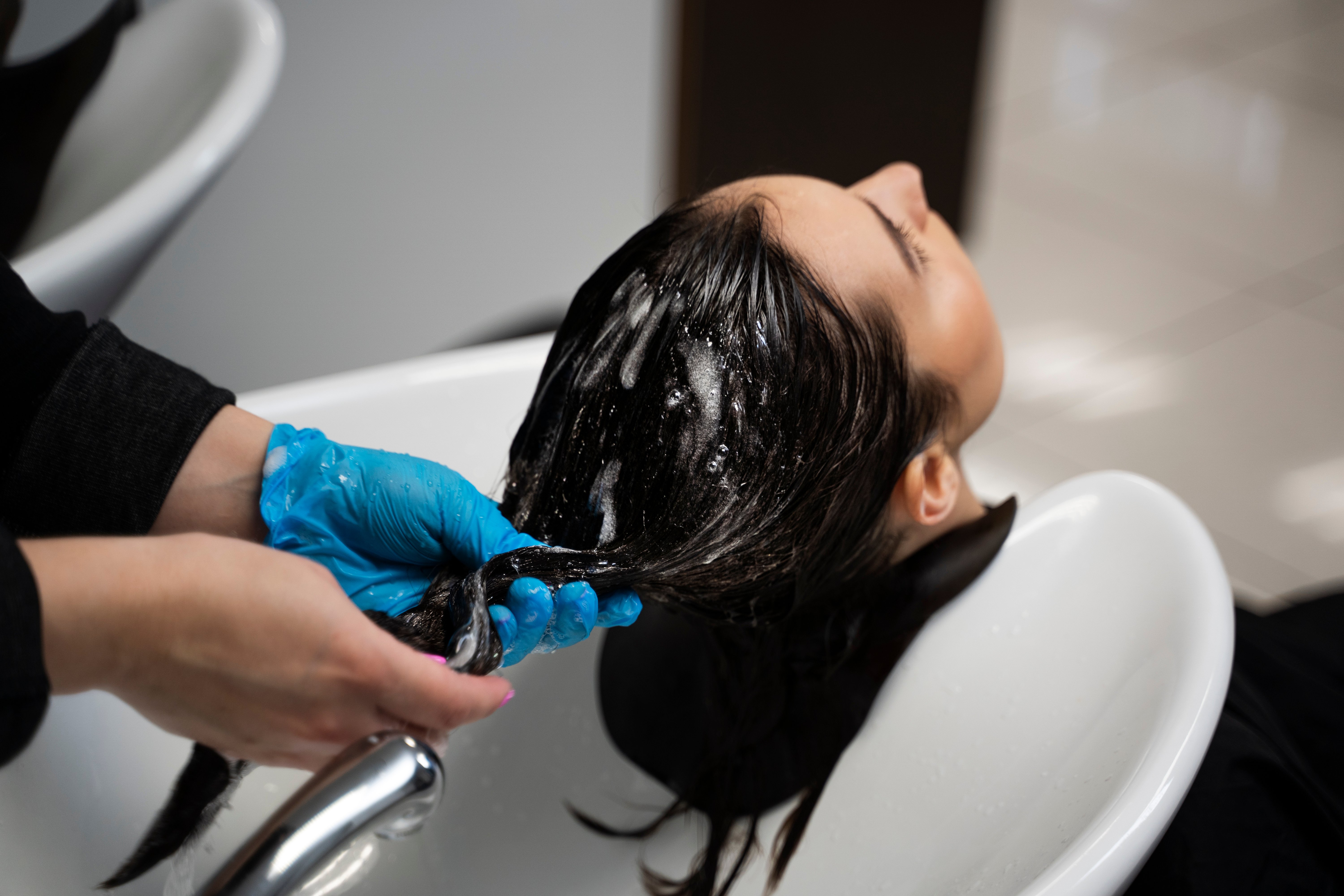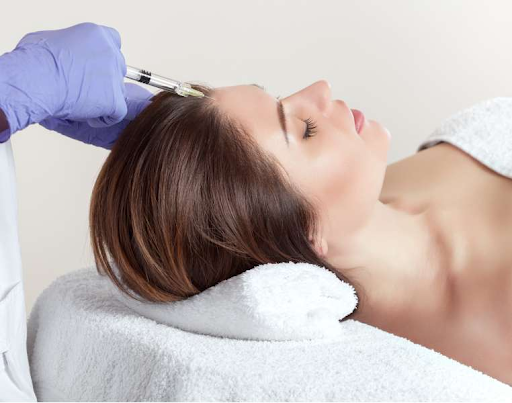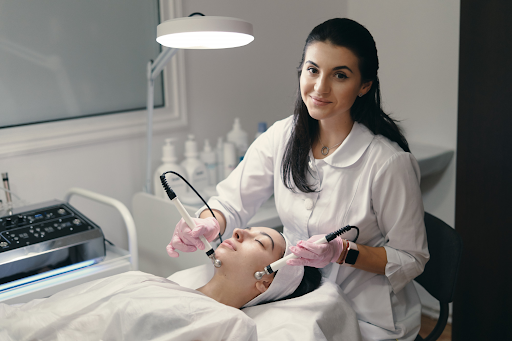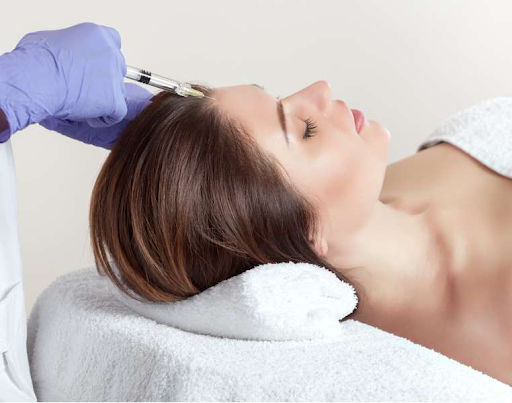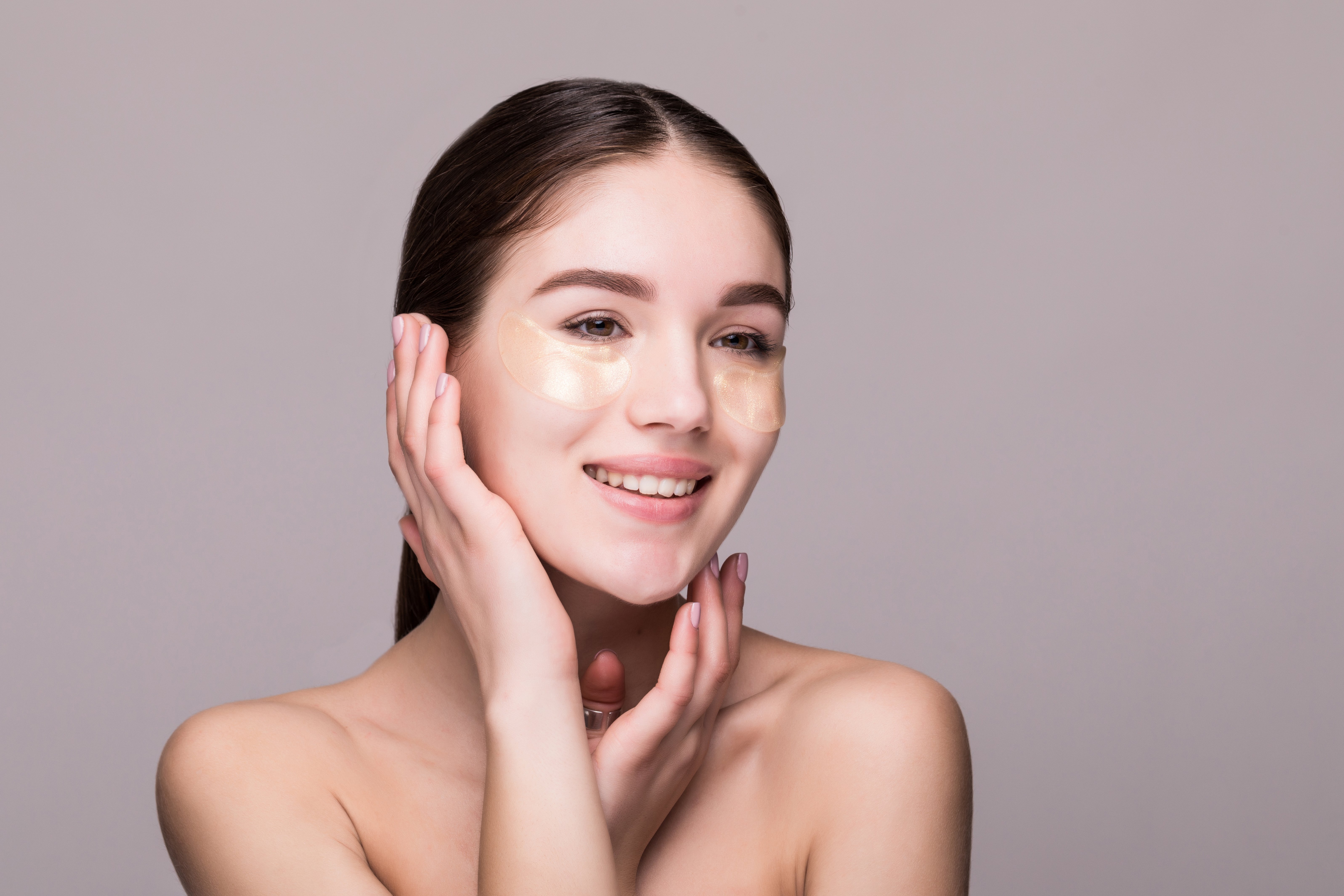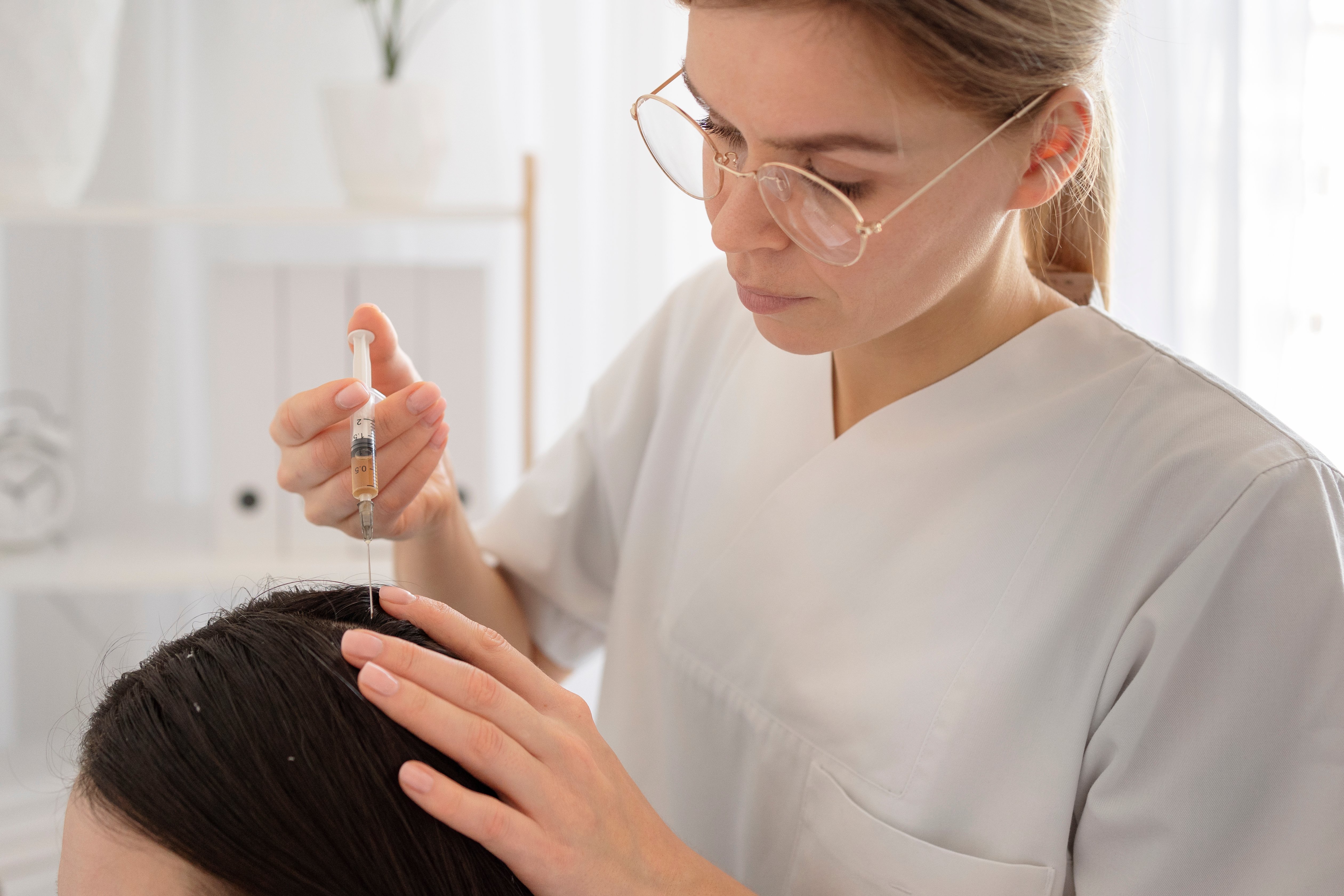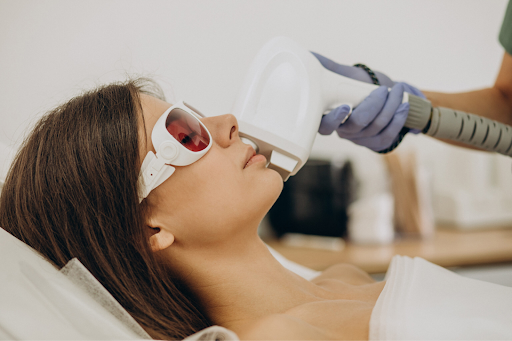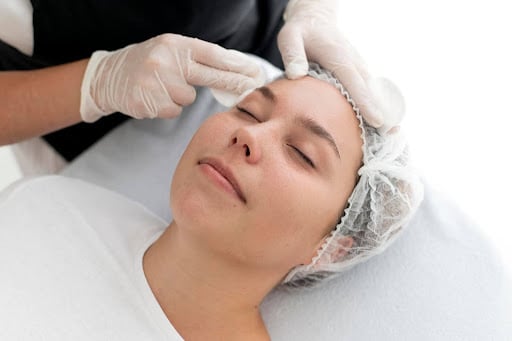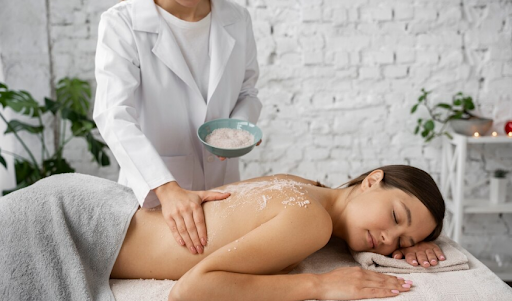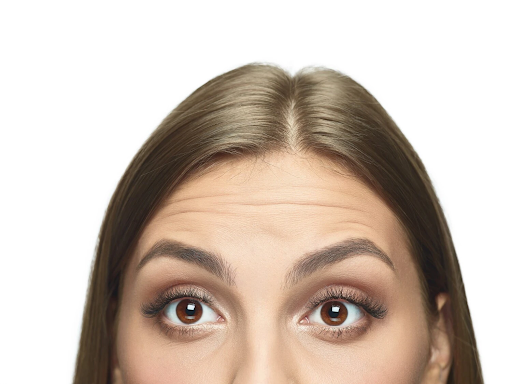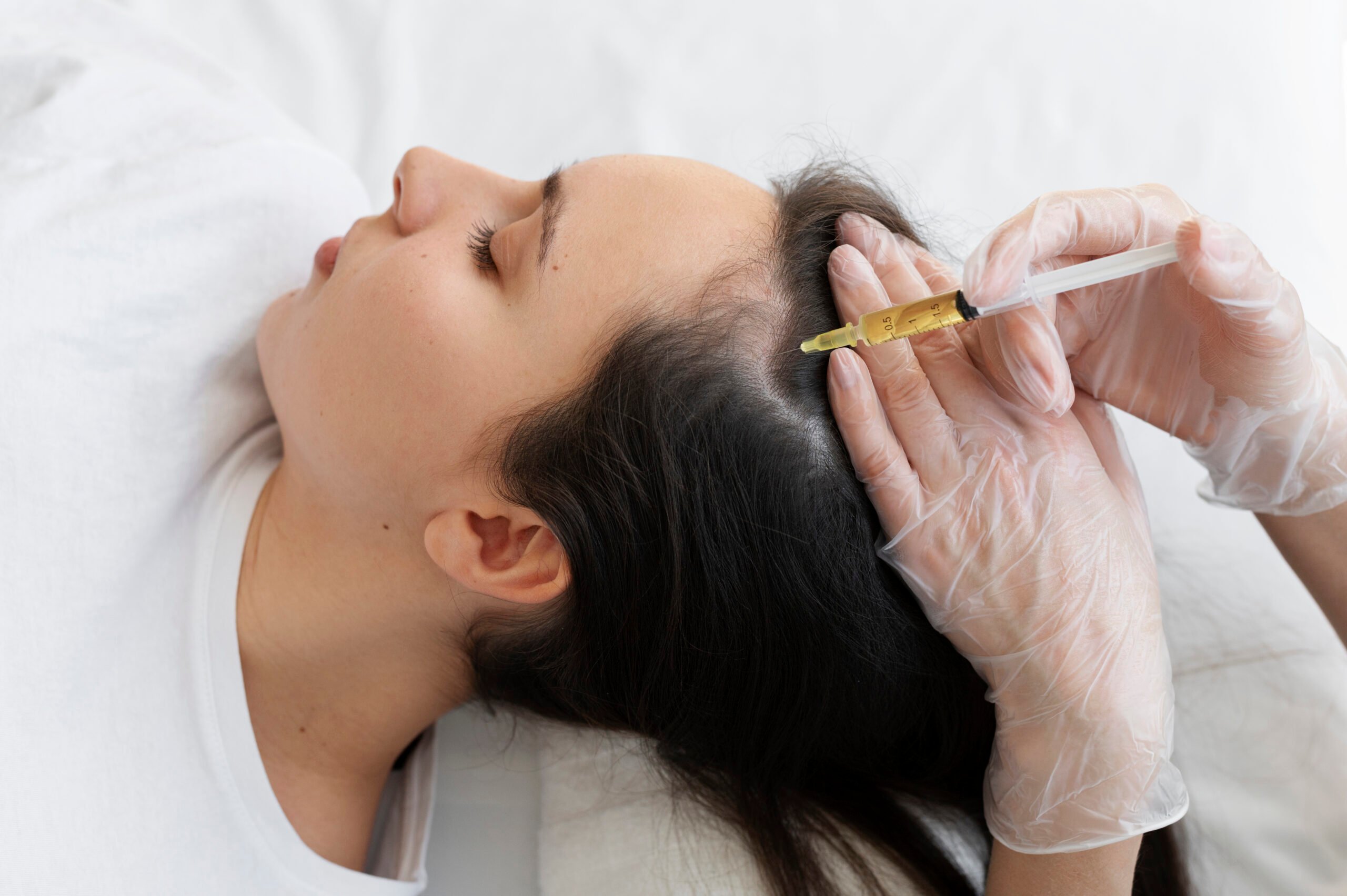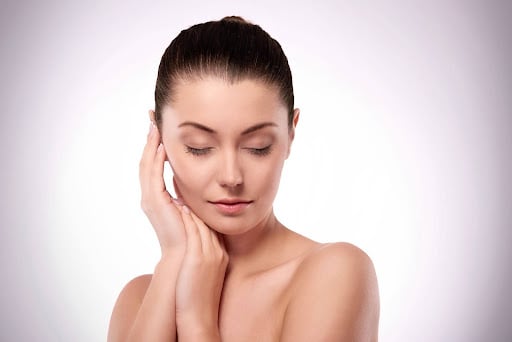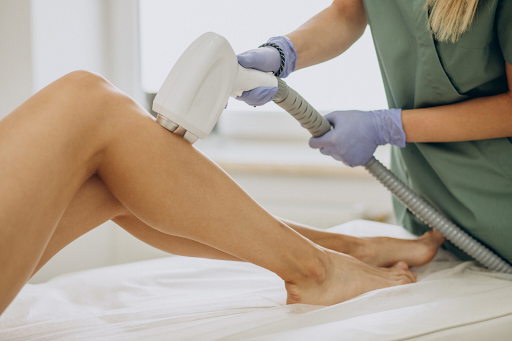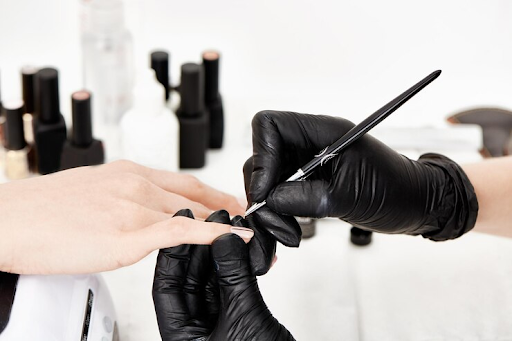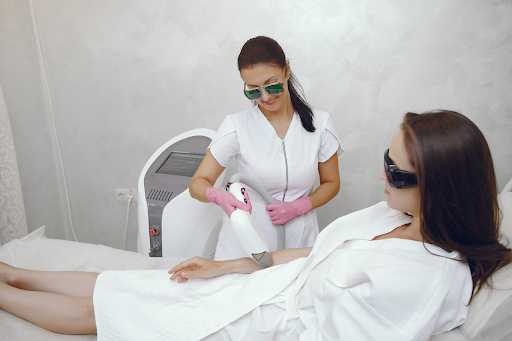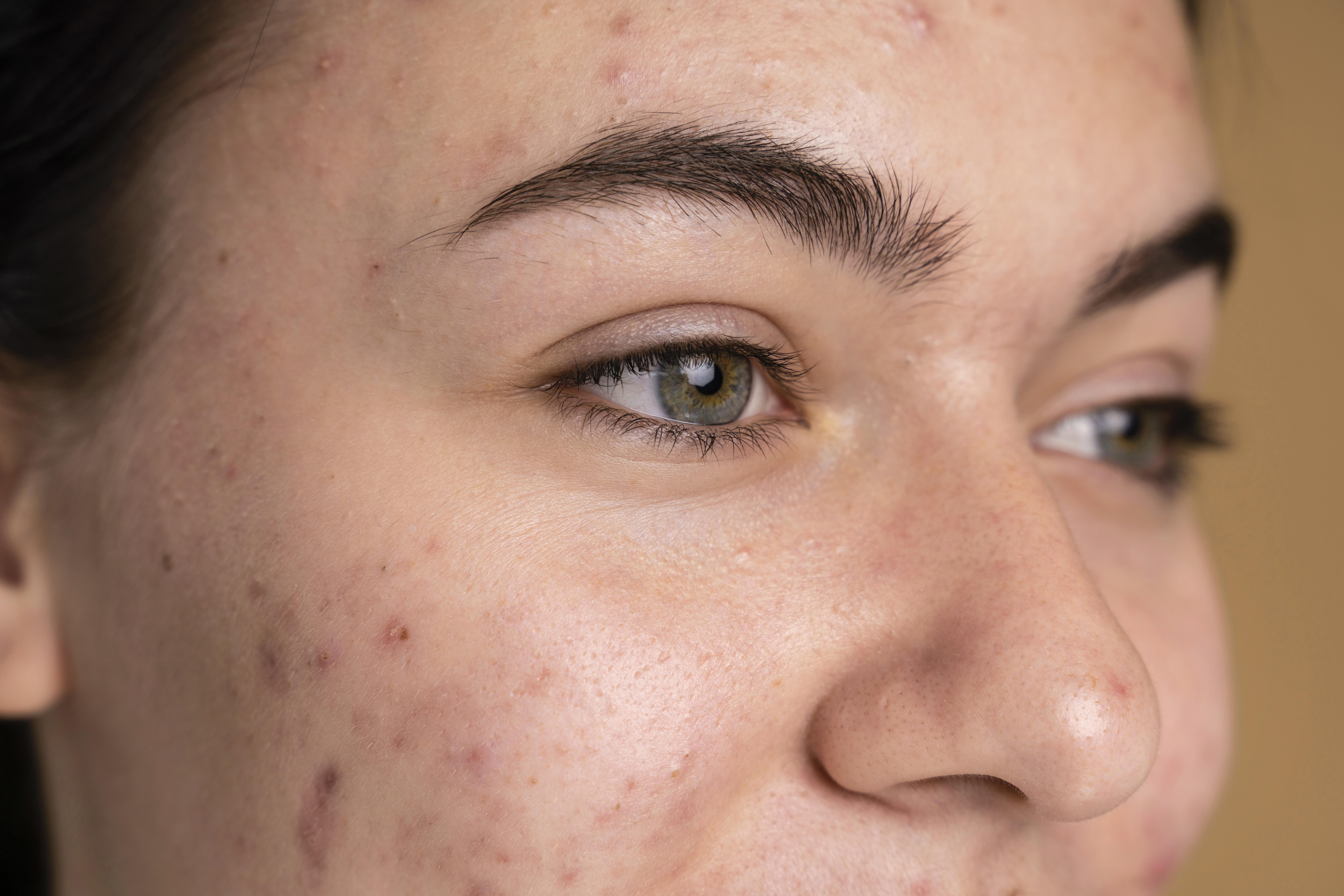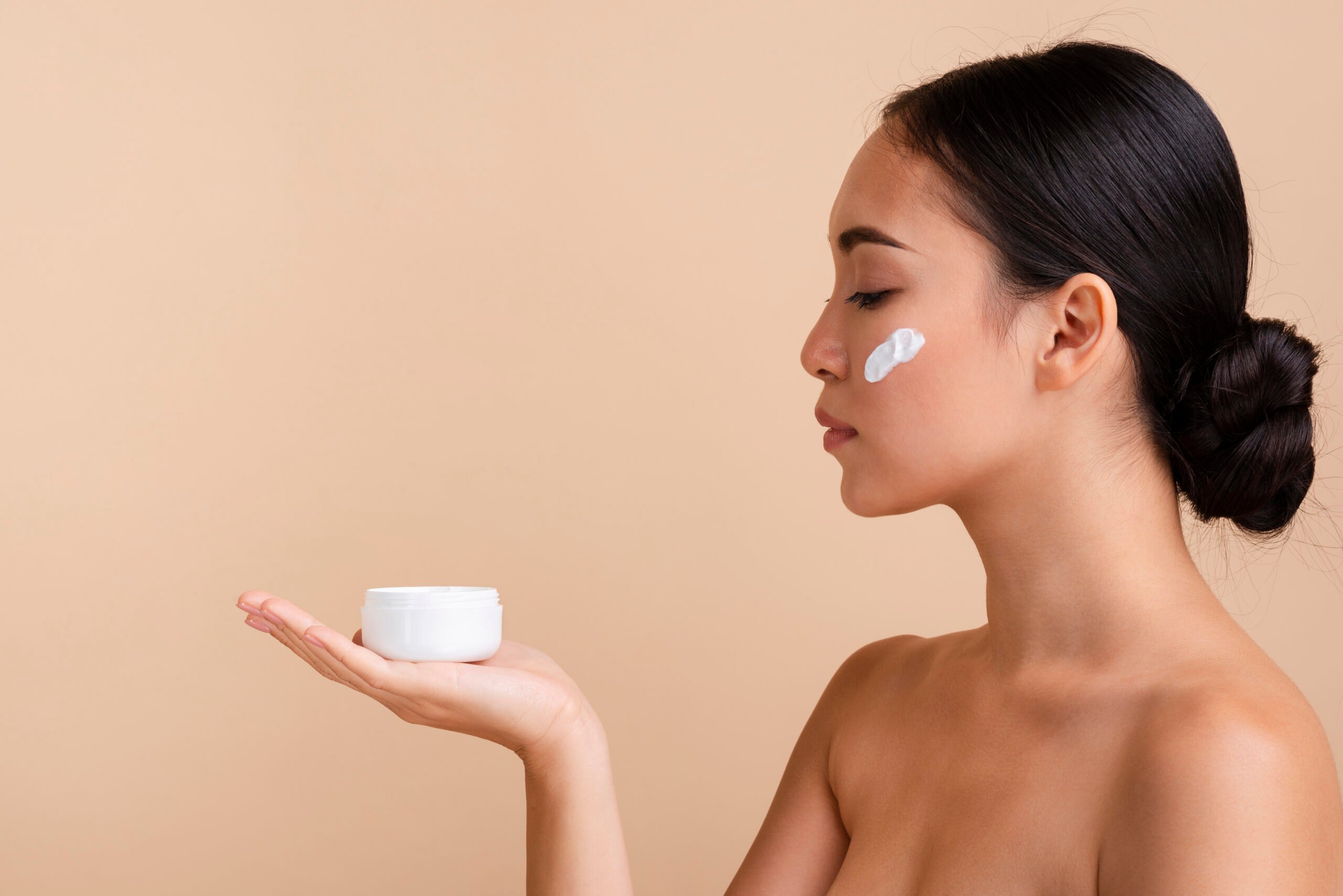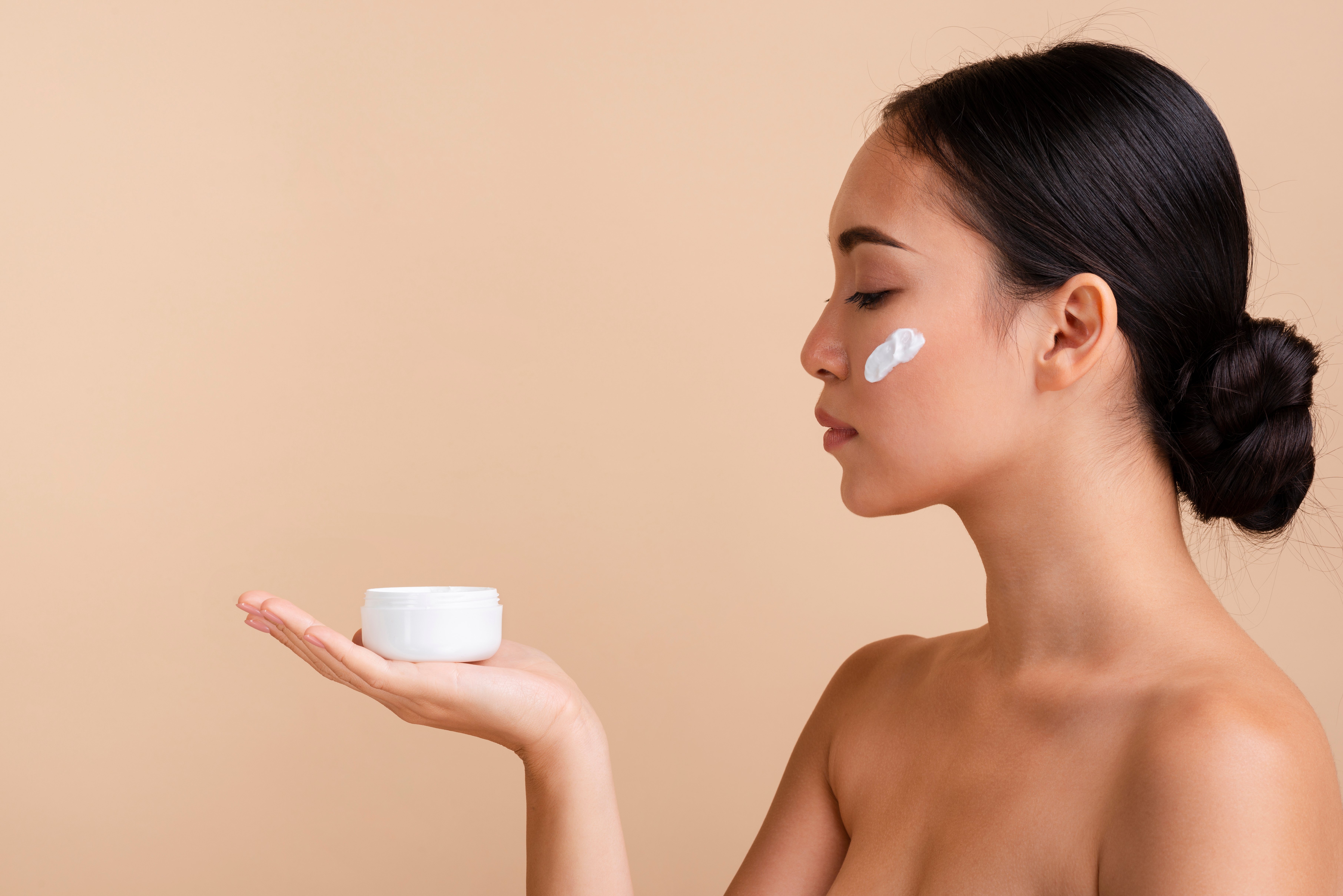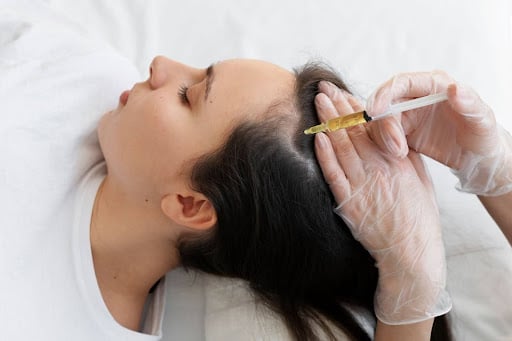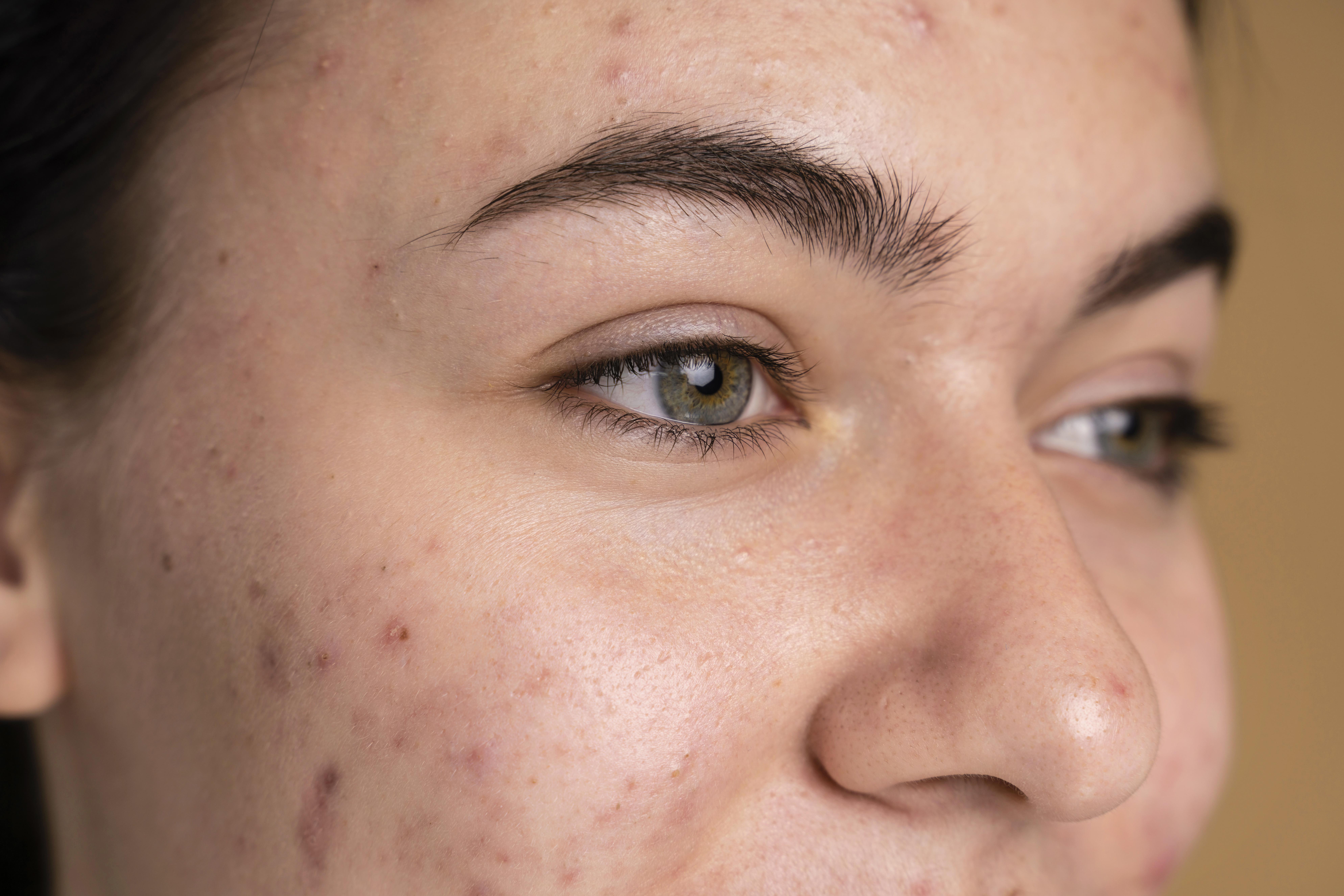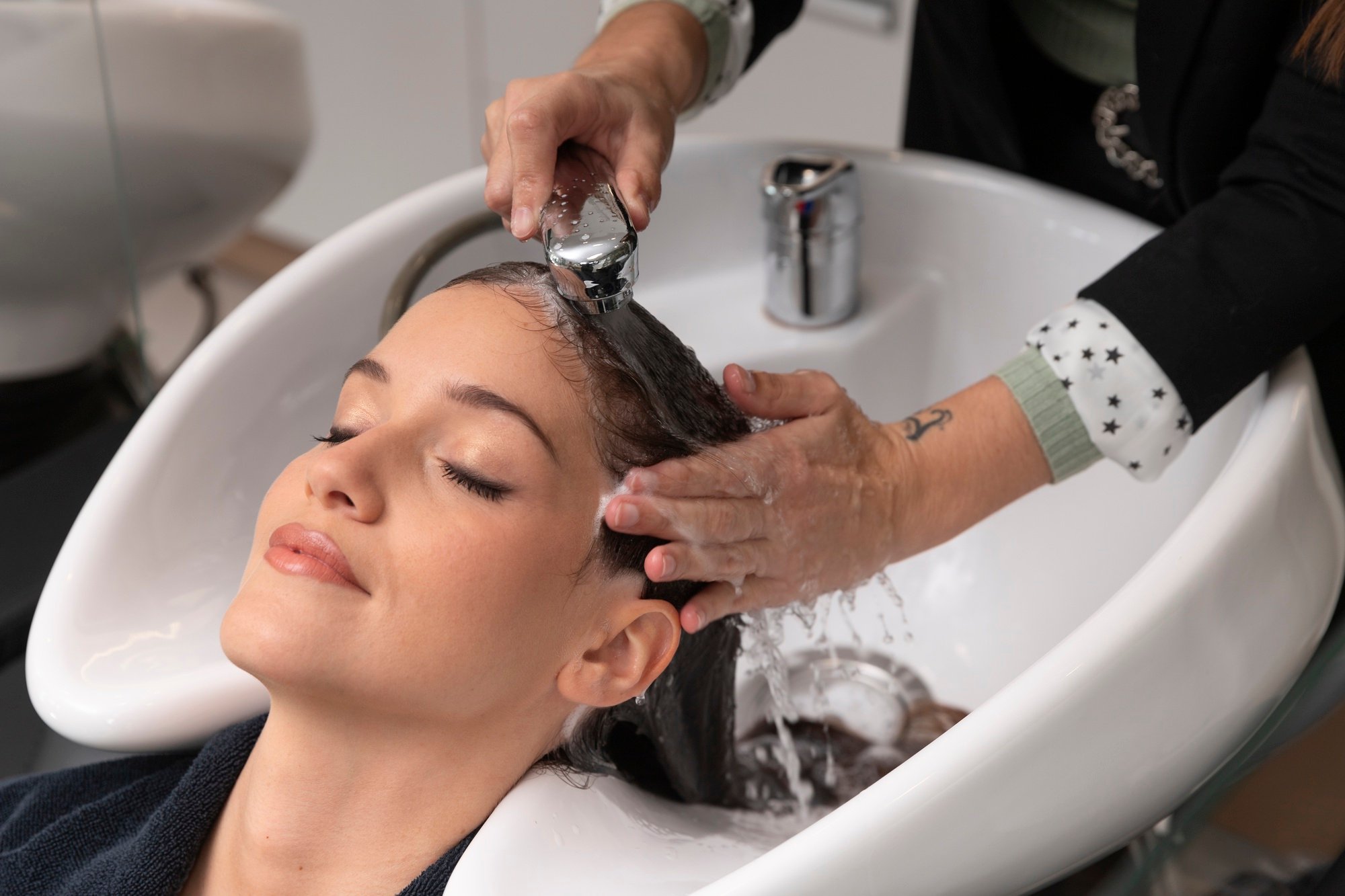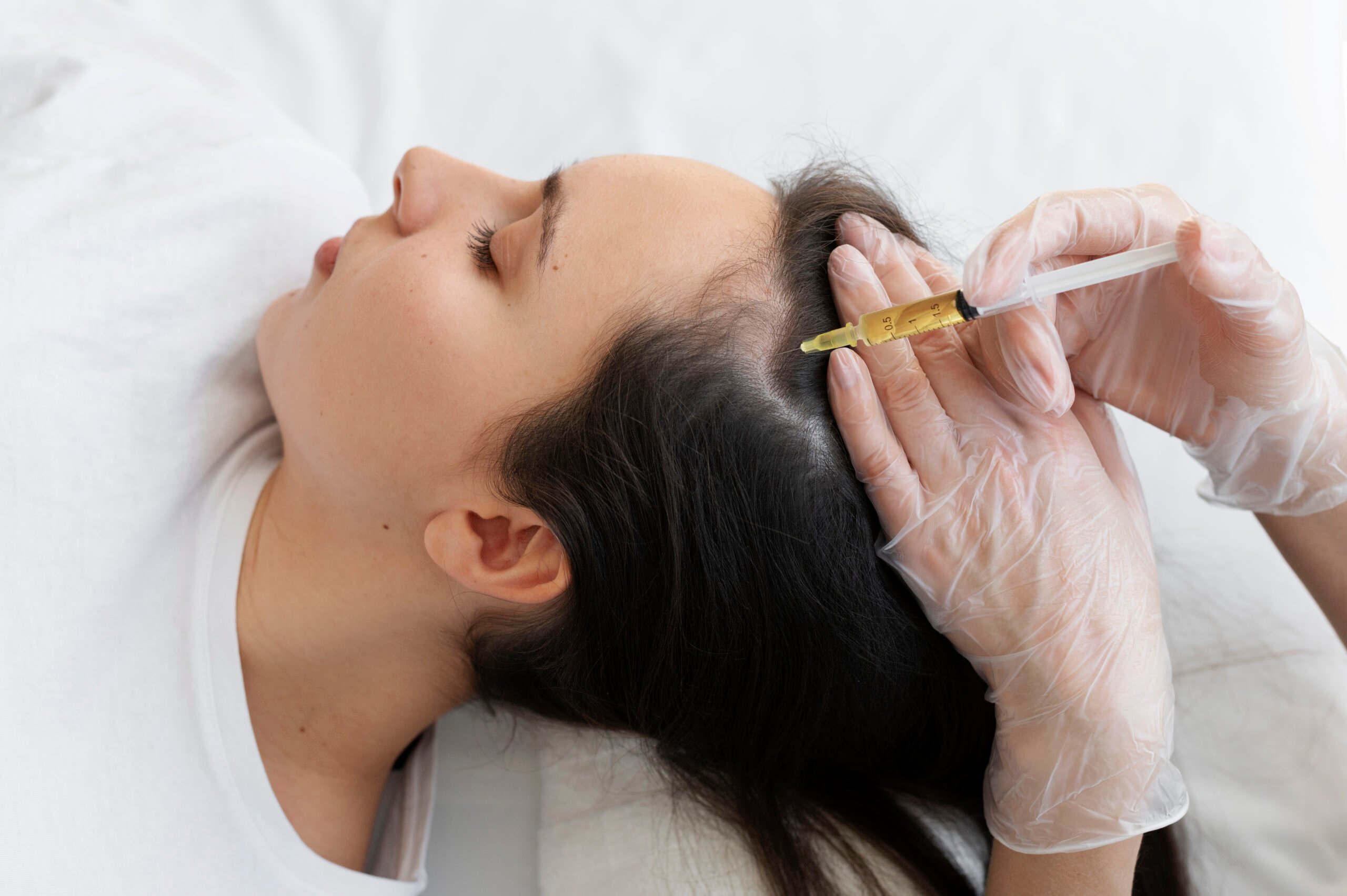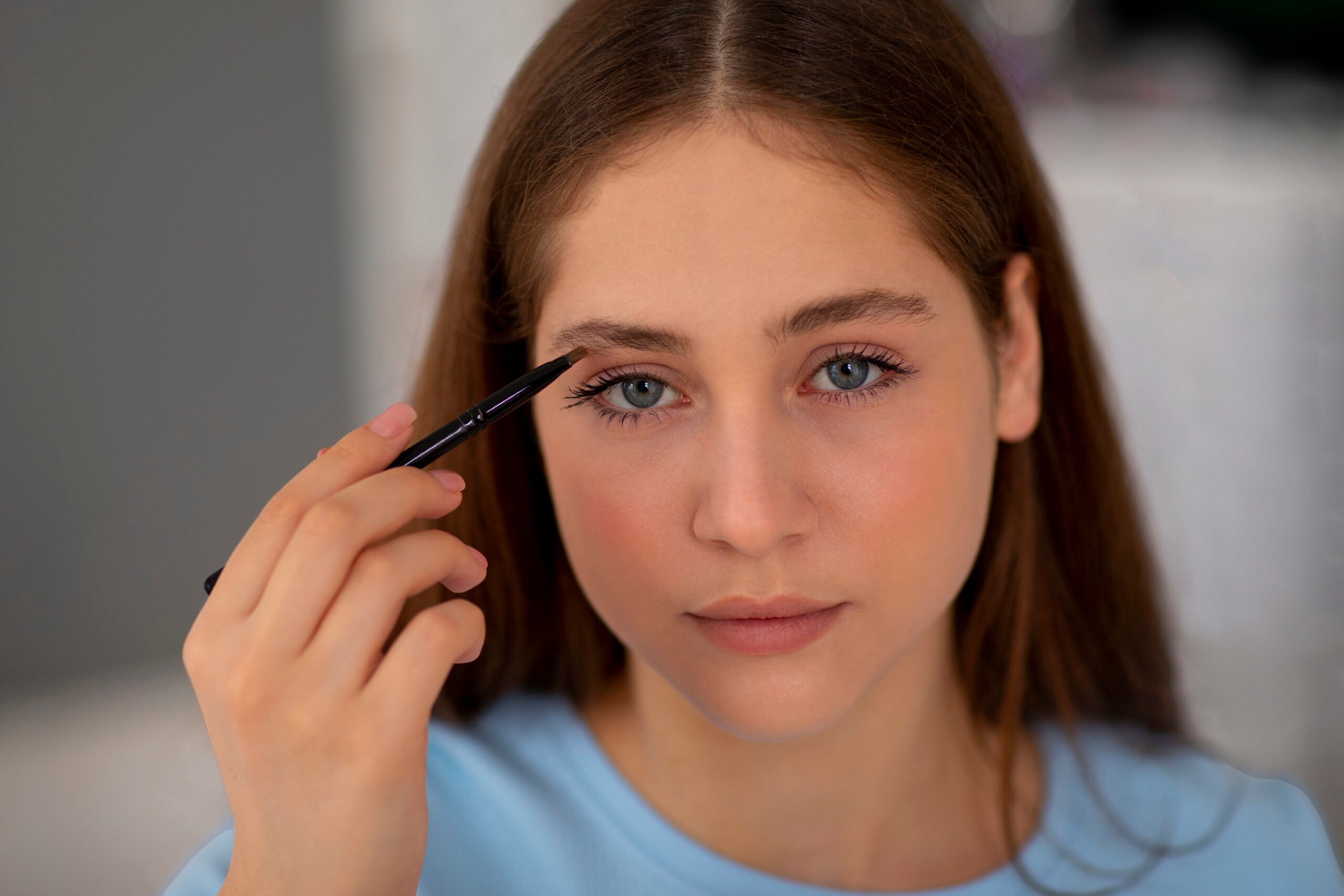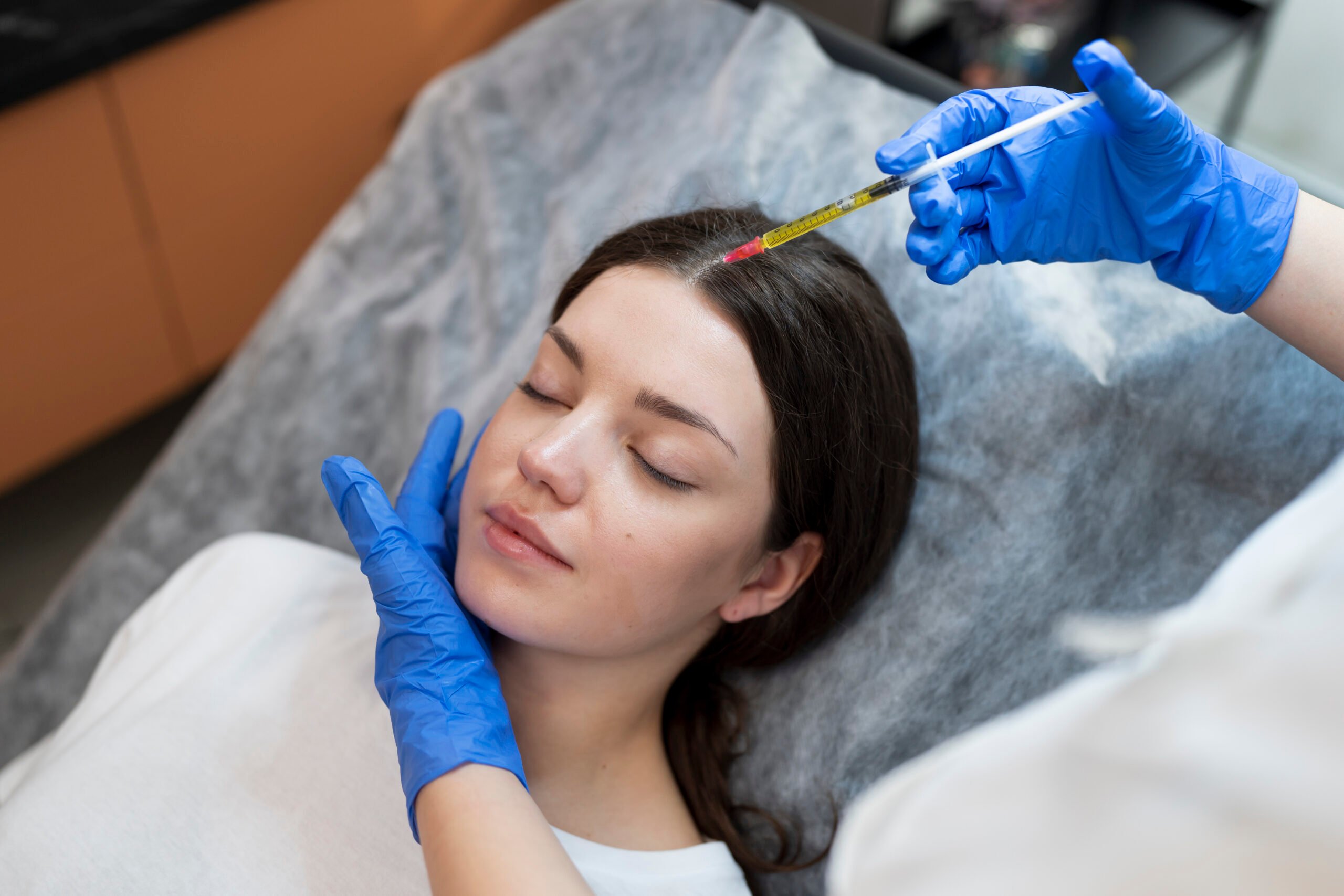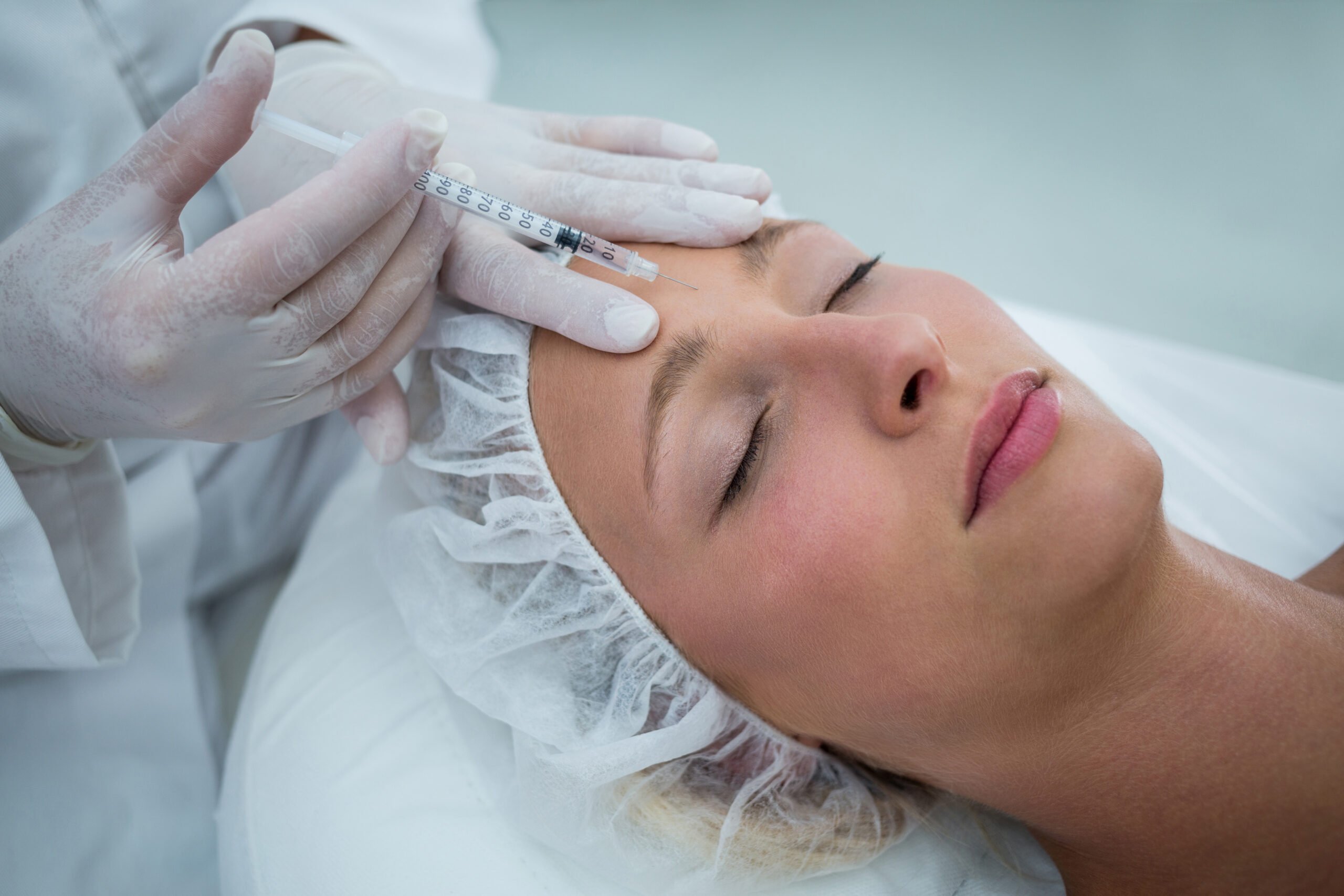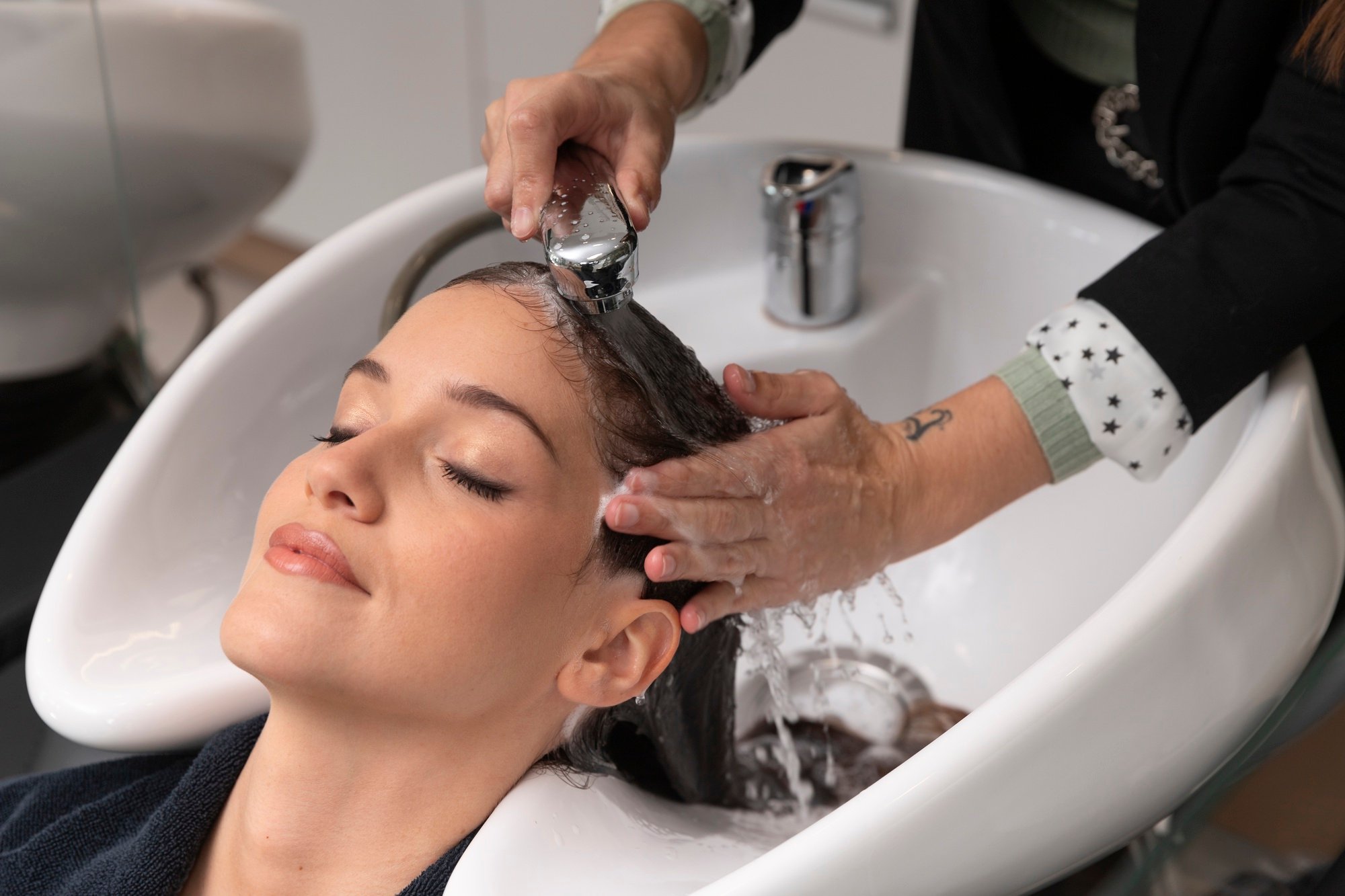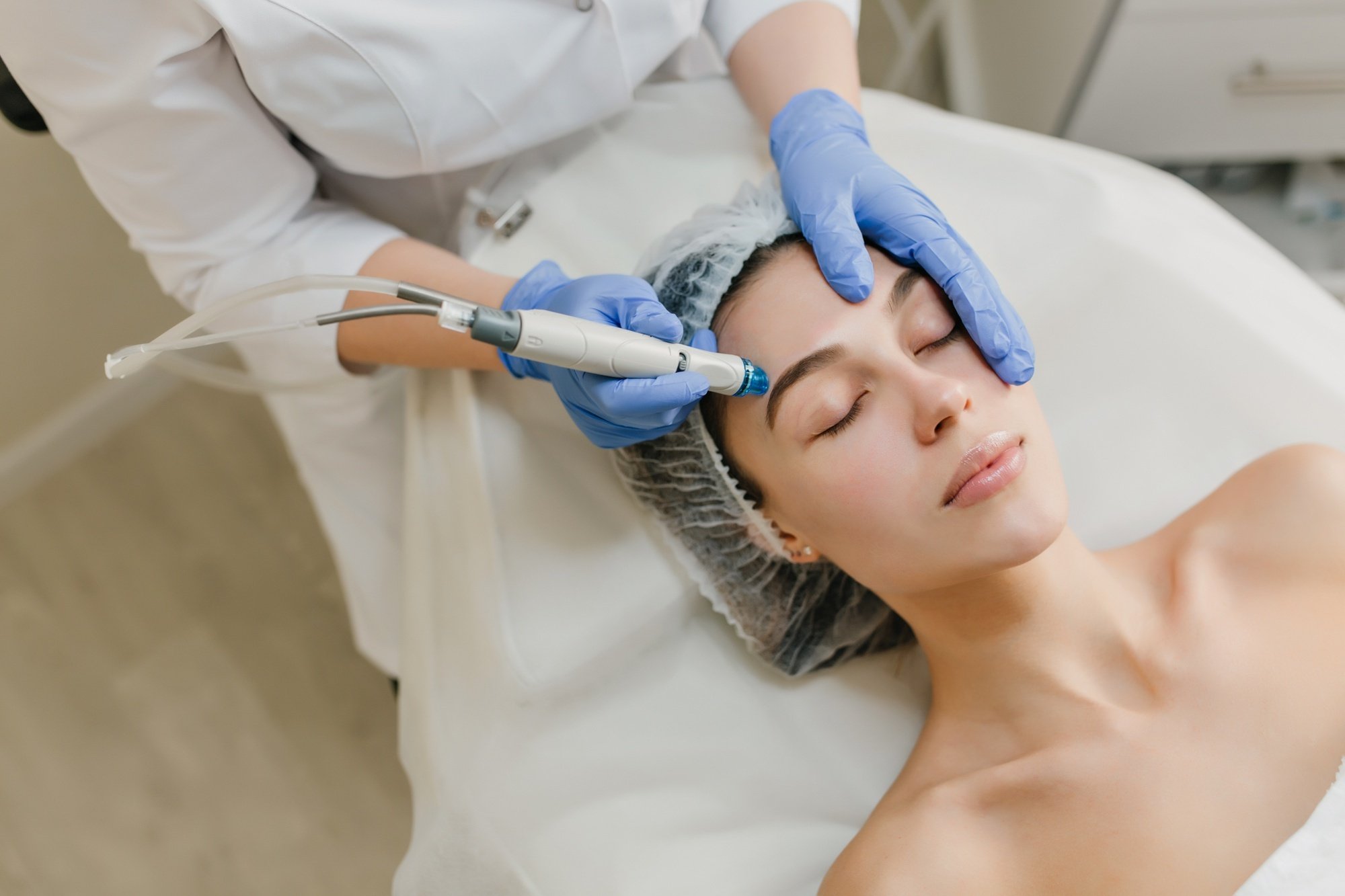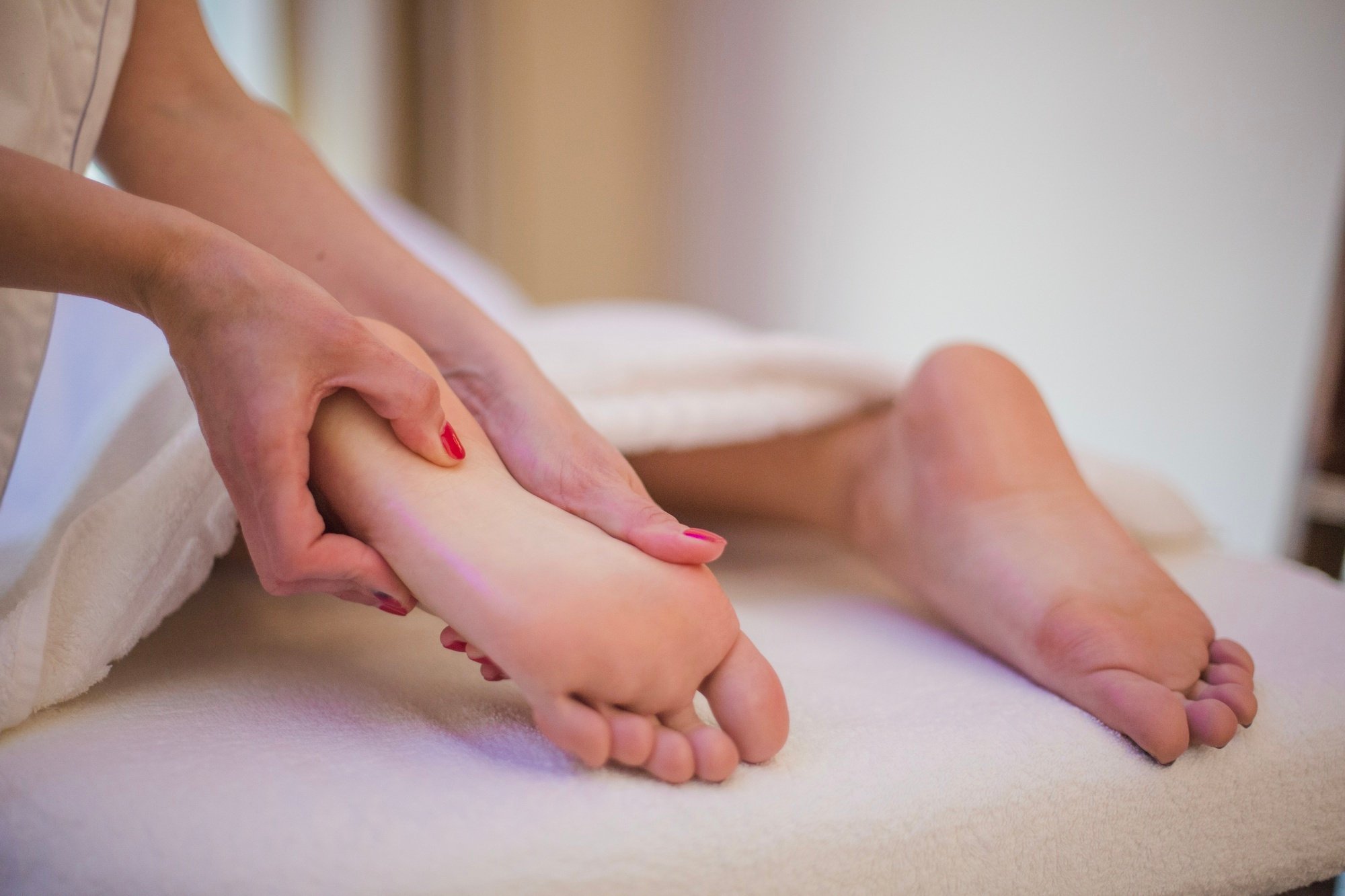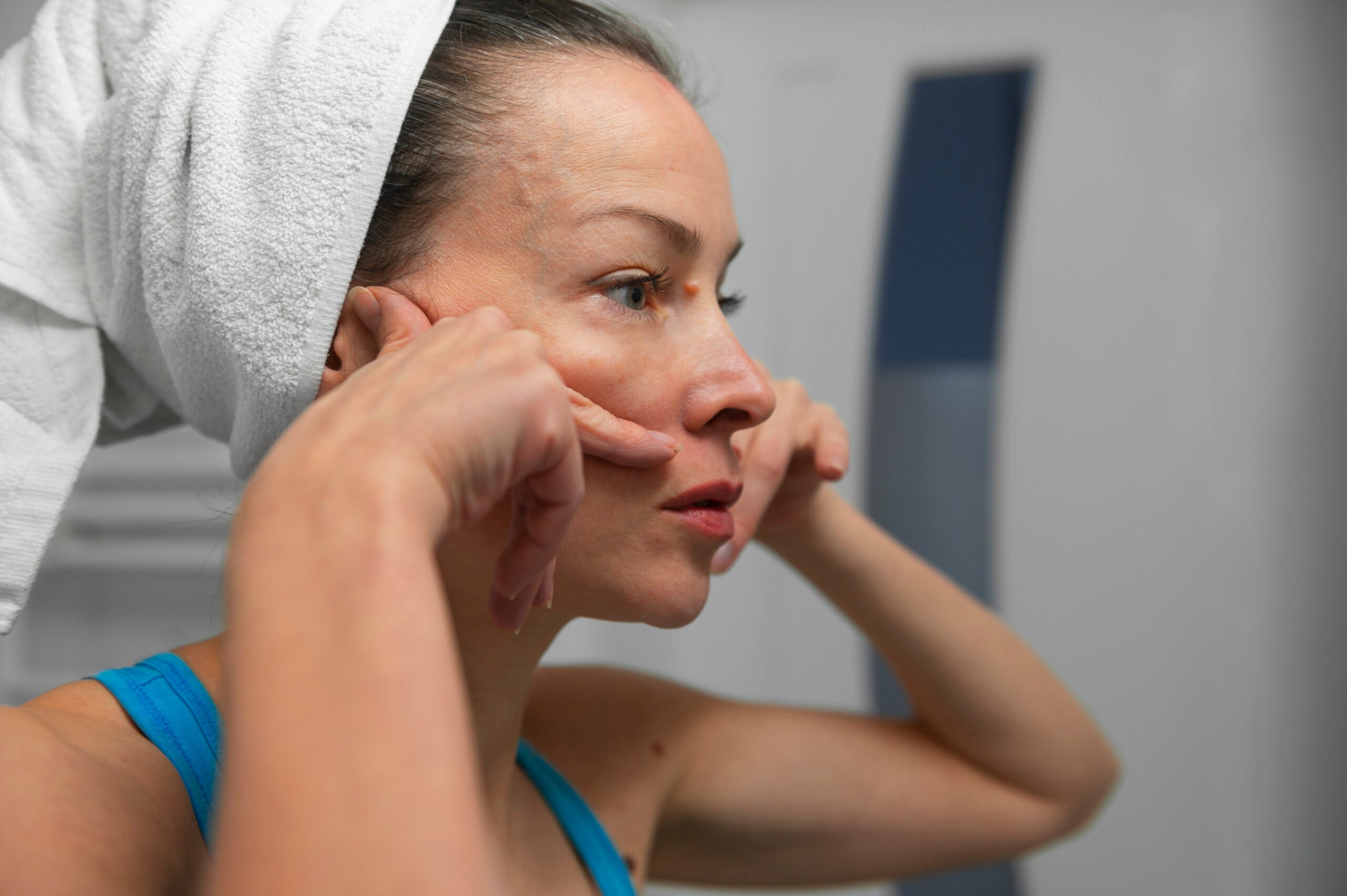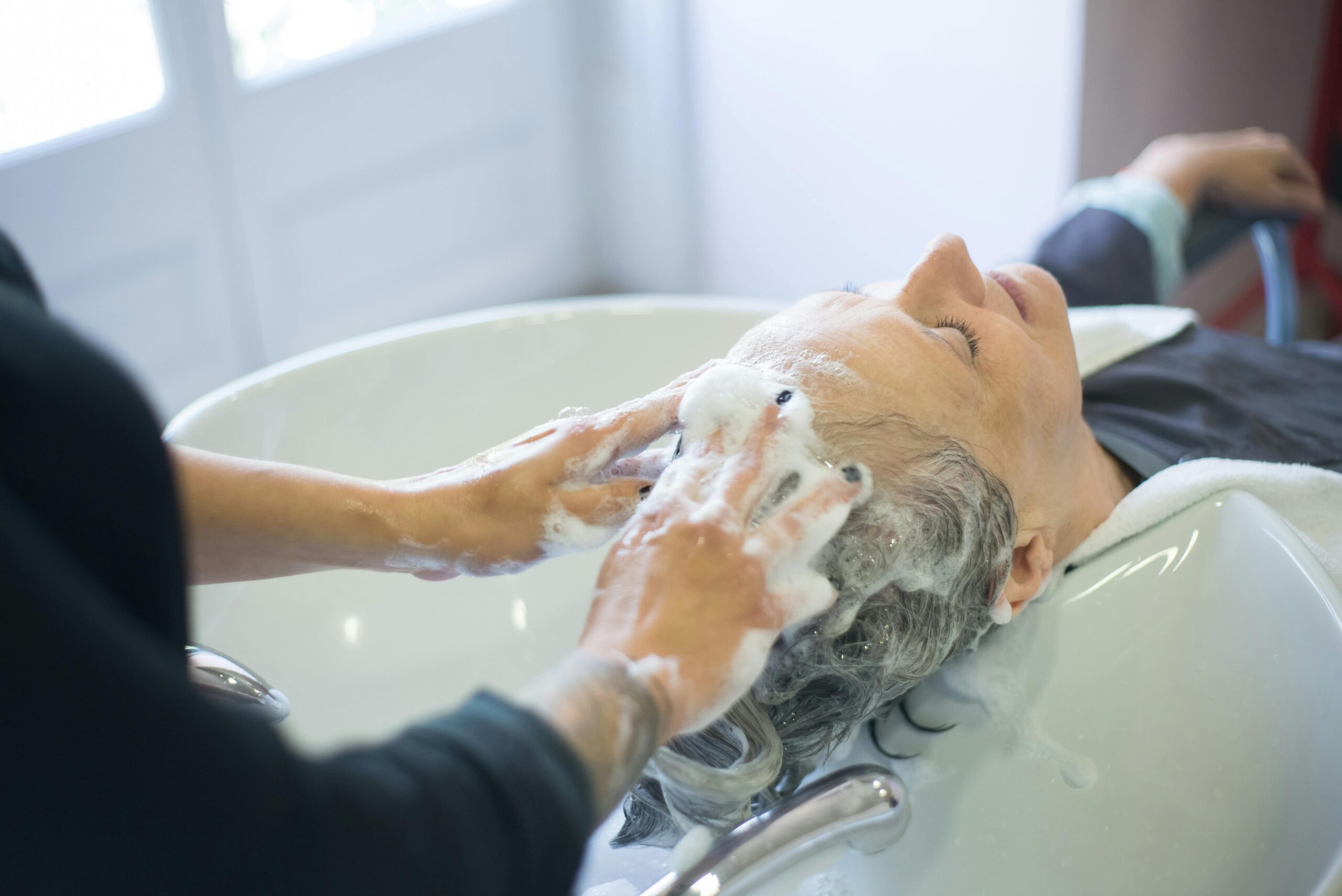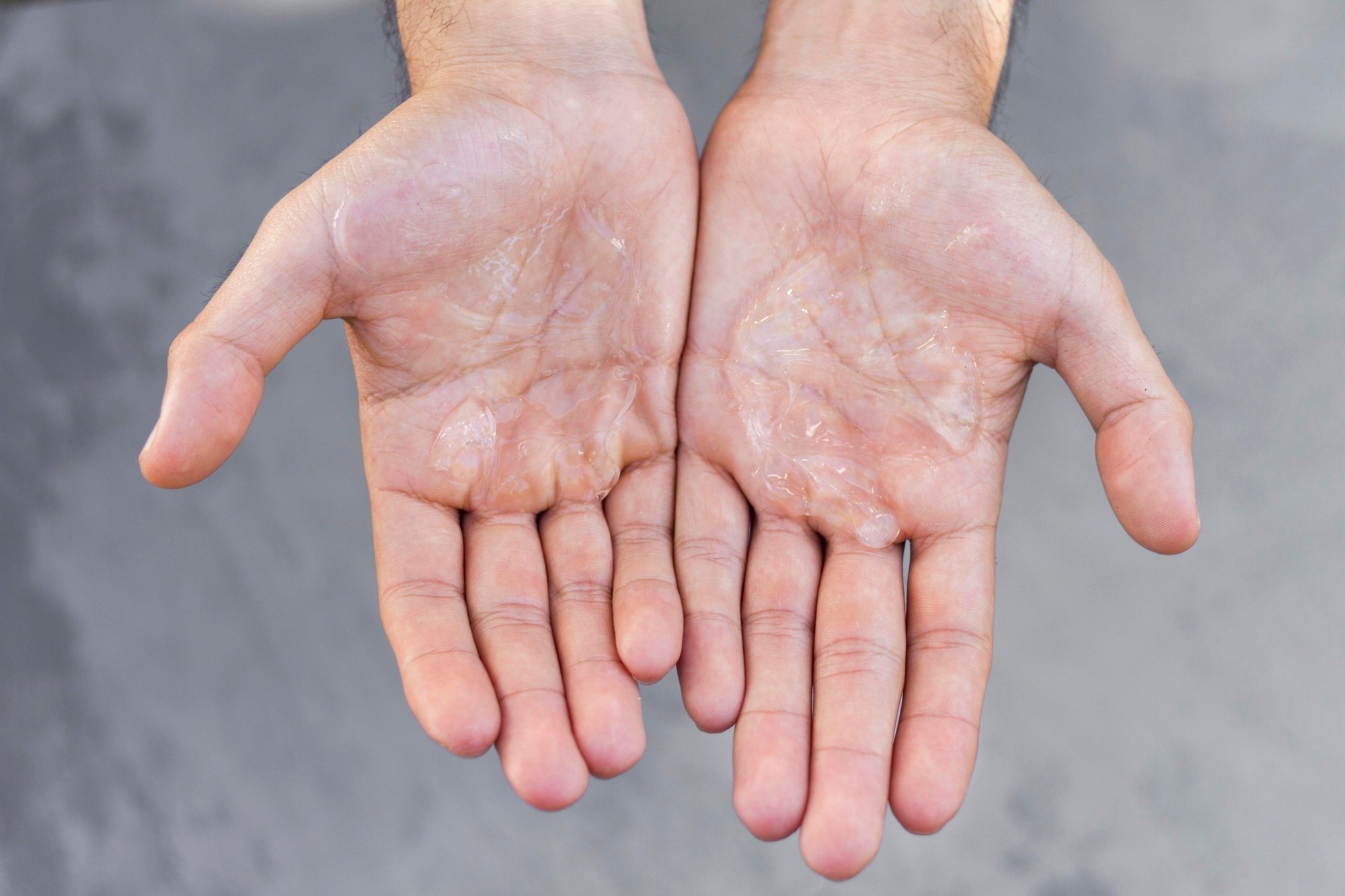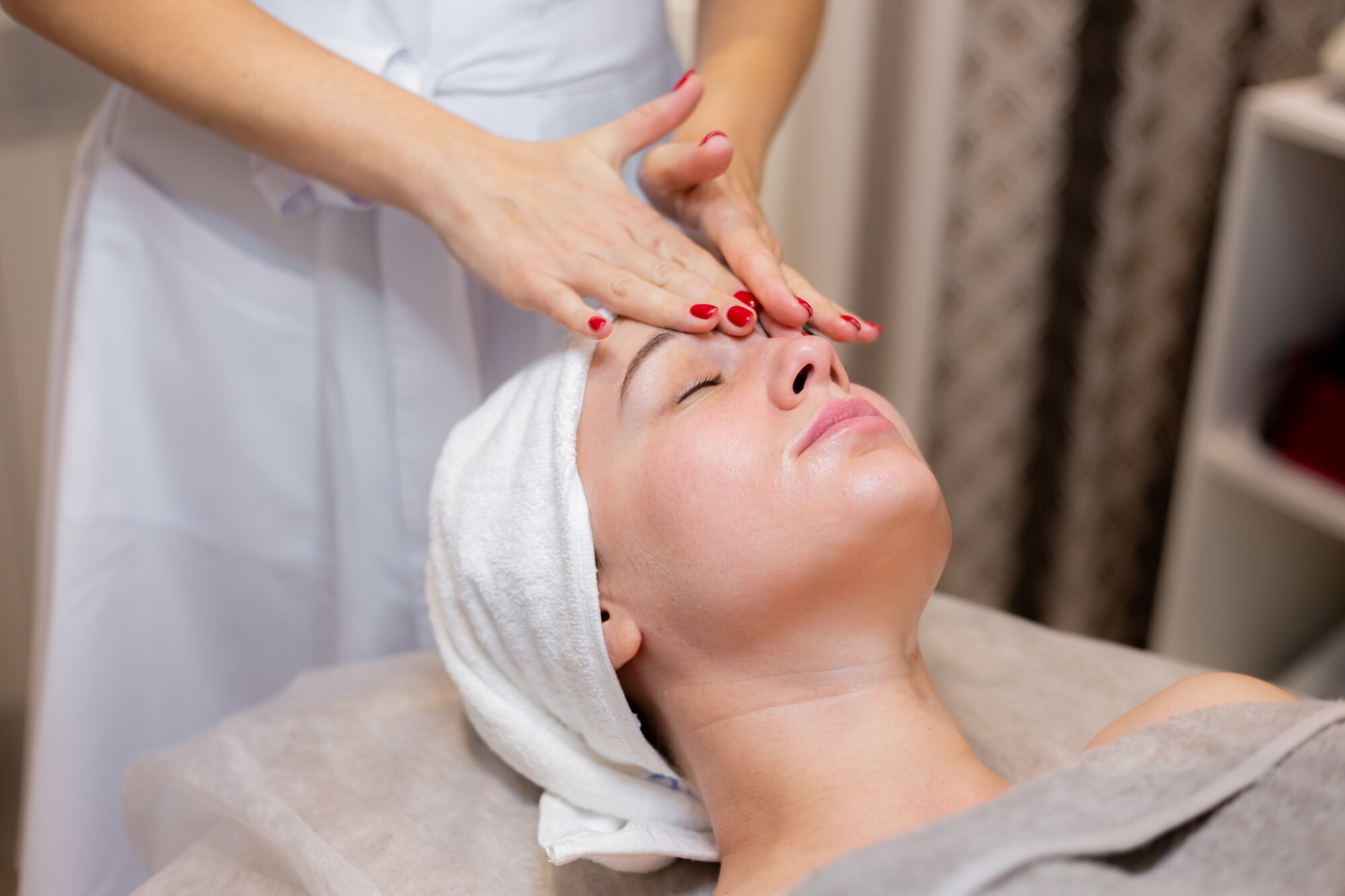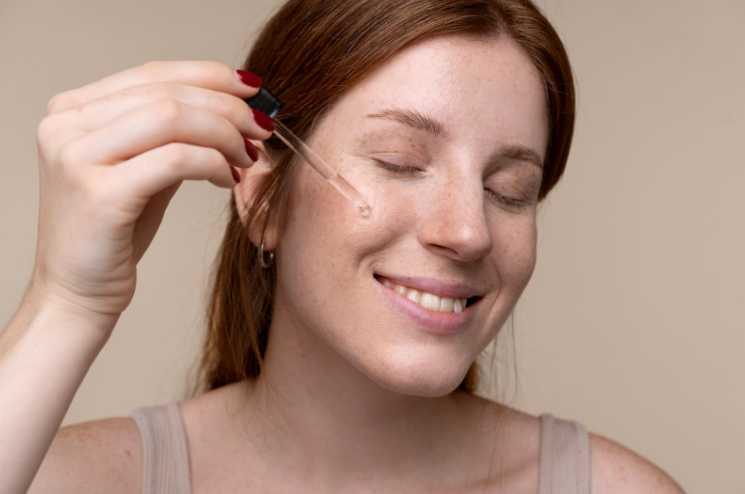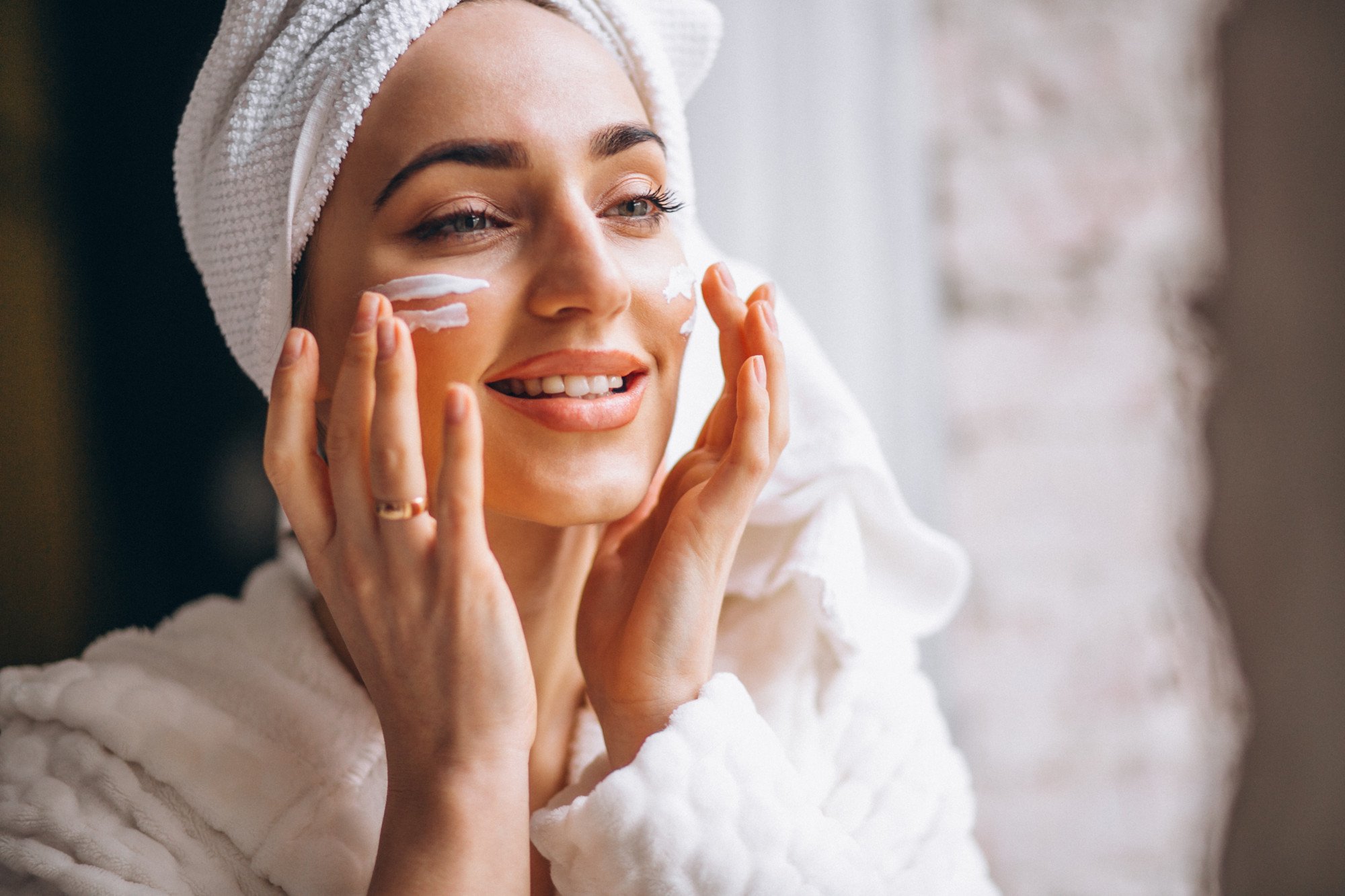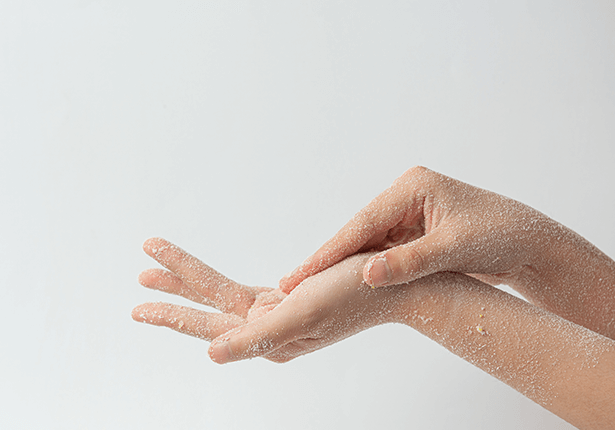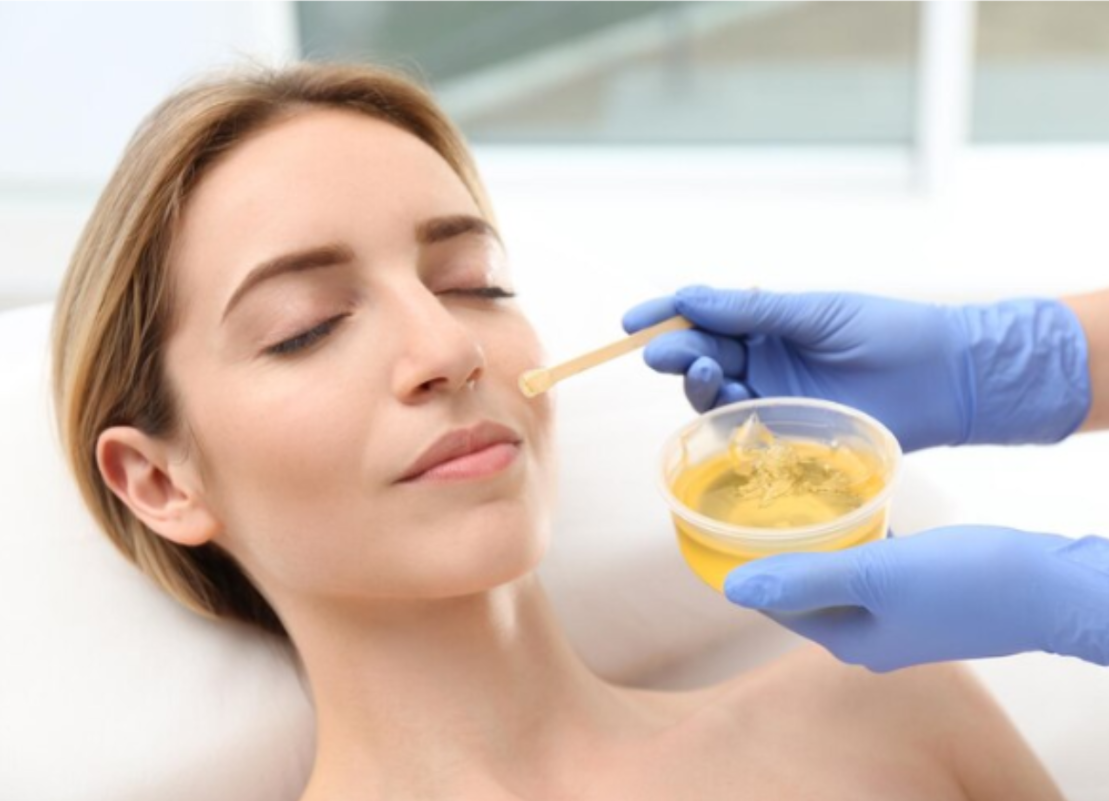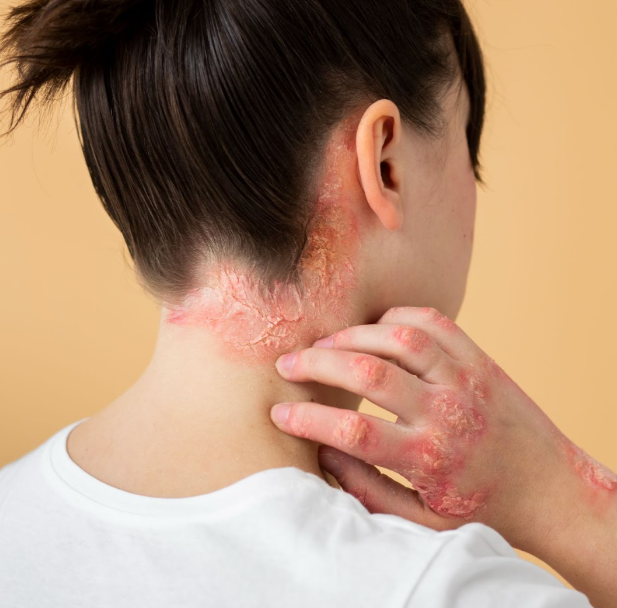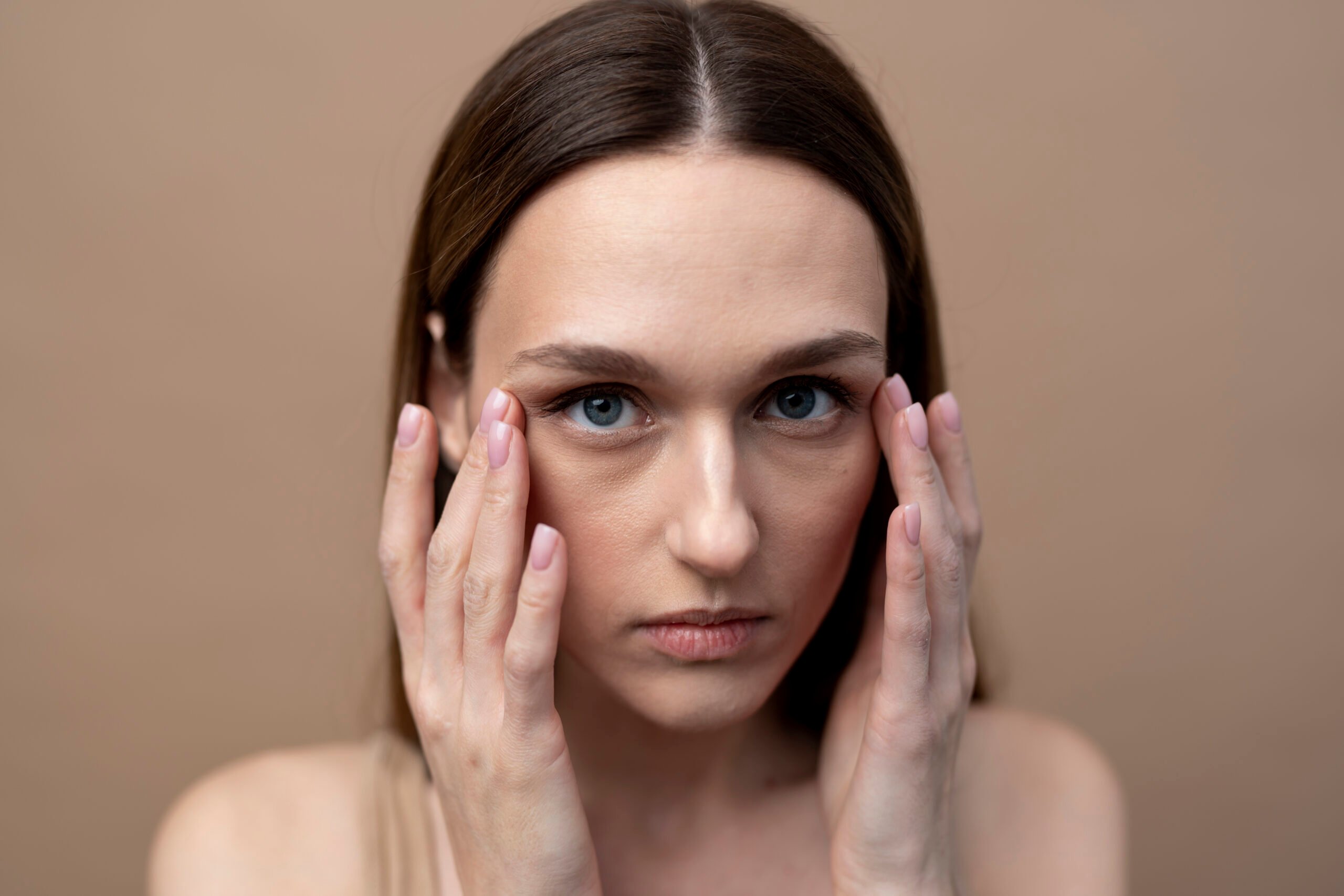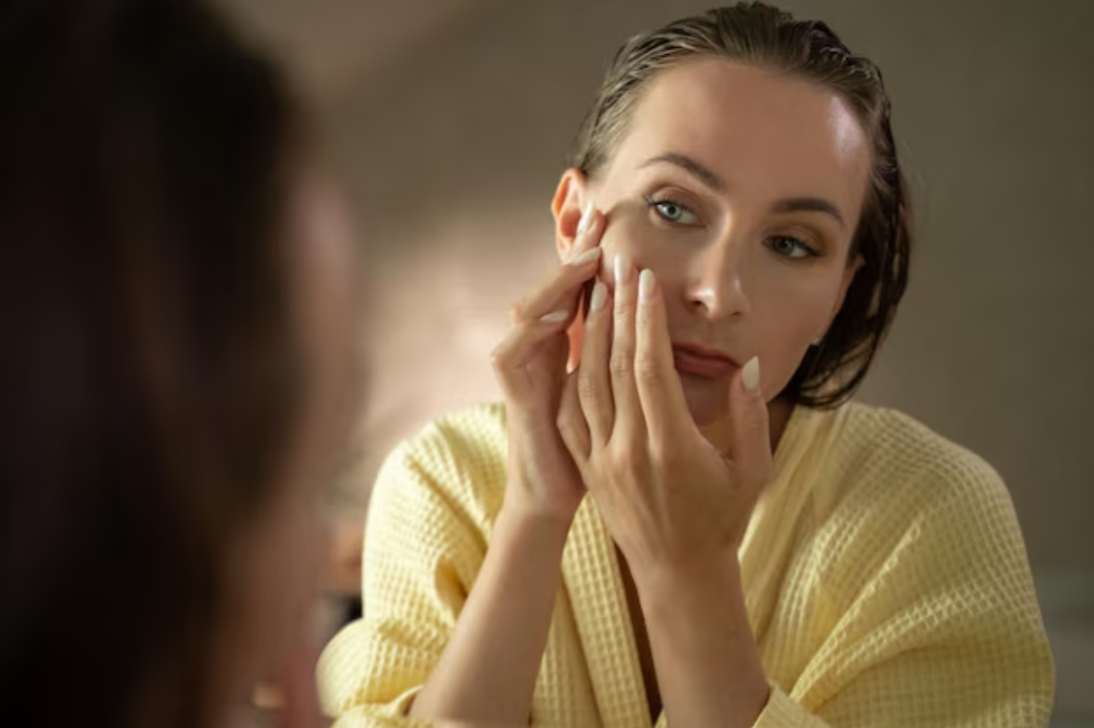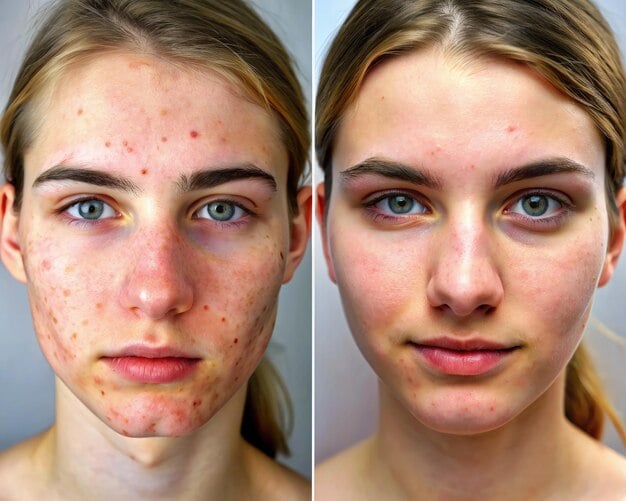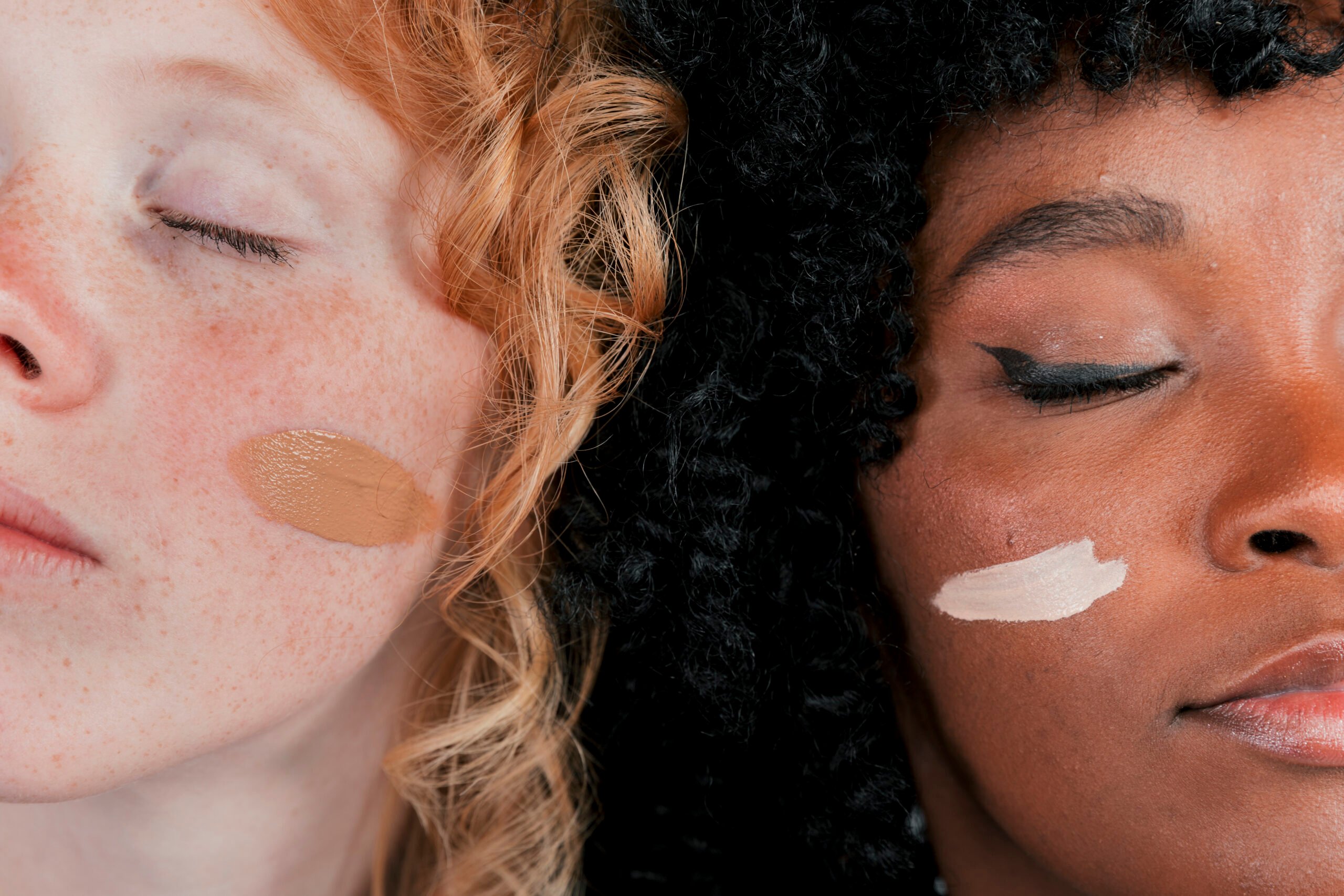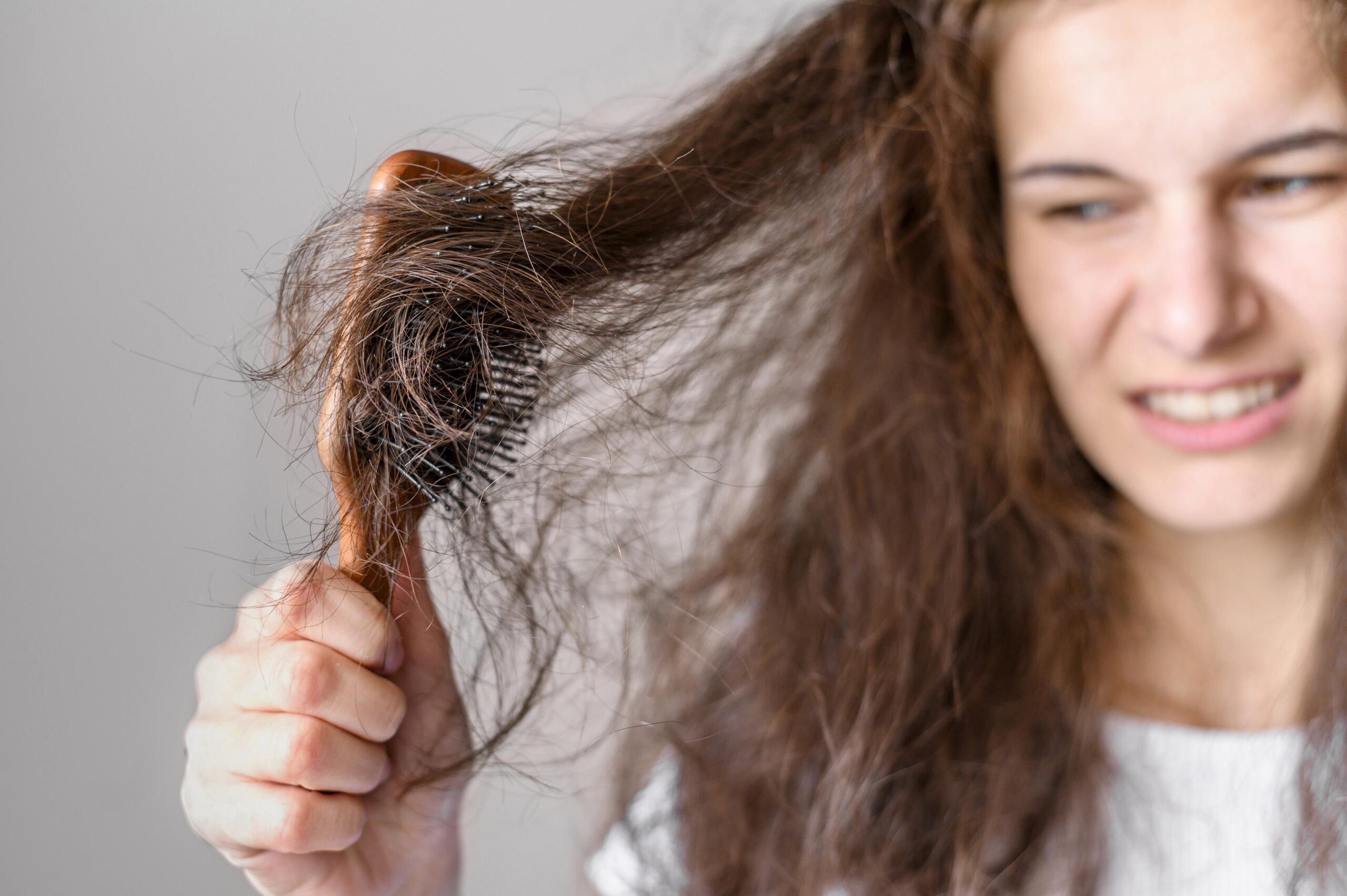Skin
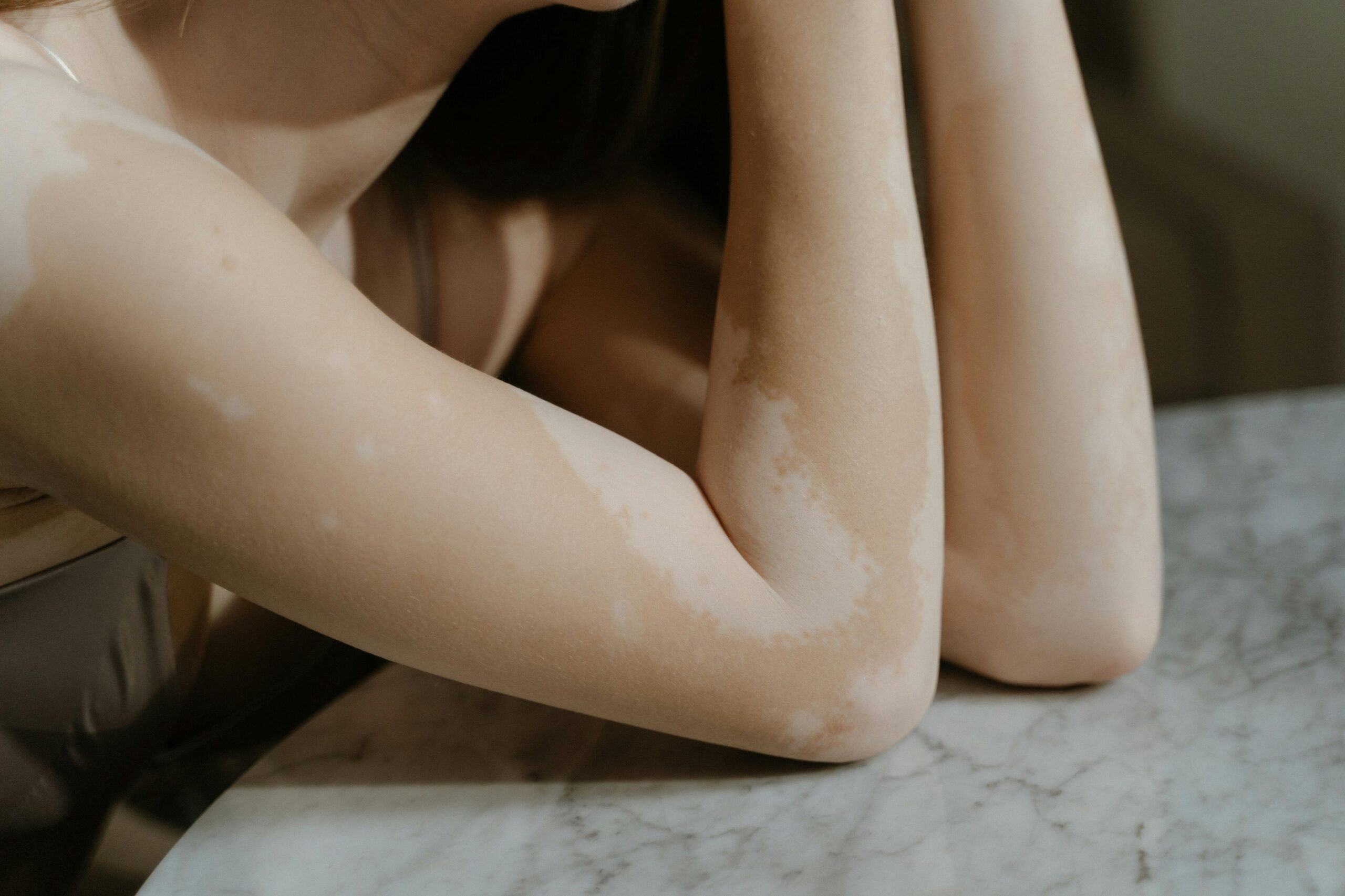
Skin
White Spots on Skin: Causes, Symptoms and Treatments
5 minutes read | 22 Apr 24

These spots, although often harmless, can cause distress and attract attention. In this blog, our experts will help you understand the causes and symptoms of white spots on the skin and suggest a few treatment options for them.
What Are The White Spots On Skin?
White spots on the skin, also known as hypopigmentation, are areas where the skin loses its pigment, resulting in lighter patches compared to the surrounding skin. These spots can vary in size and shape and may appear on any part of the body, including the face, arms, and legs.
Causes Of White Spots On The Skin
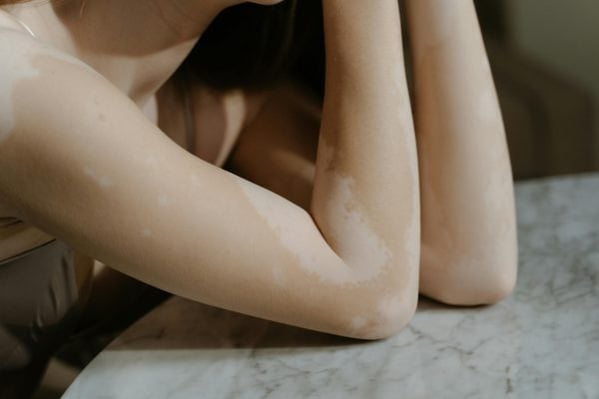
White spots on the skin can be caused by several factors:
Vitiligo:
This autoimmune condition destroys melanocytes, the cells responsible for producing pigment. As a result, white patches form on the skin.
Tinea Versicolor:
A fungal infection caused by yeast on the skin can lead to the development of white or light-coloured spots, especially in areas prone to sweating.
Pityriasis Alba:
Common in children, this condition causes pale, scaly patches on the skin, particularly on the face.
Post-inflammatory Hypopigmentation:
Scars or skin injuries, such as burns or cuts, can disrupt the skin's pigment production, resulting in white spots as the skin heals.
Symptoms of White Spots on Face
Irregular Patches of Lighter Skin Tone
The most noticeable symptom of white spots on the face is the presence of irregular patches of lighter skin tone compared to the surrounding areas. These patches may vary in size, shape, and distribution, ranging from small, localized areas to larger, more widespread patches. The edges of the spots may be well-defined or diffuse, depending on the underlying cause.
Smooth or Slightly Scaly Texture
White spots on the face may exhibit different textures depending on the underlying condition. In some cases, the affected skin may appear smooth and flat, with no significant changes in texture. However, in other instances, especially if the spots are caused by conditions like pityriasis alba or tinea versicolor, the skin may appear slightly scaly or flaky. This may be particularly noticeable when the skin is dry or after showering.
Absence of Pain or Itching in Most Cases
Unlike some skin conditions that cause discomfort or itching, such as eczema or psoriasis, white spots on the face typically do not cause pain or itching. In many cases, the spots are asymptomatic and do not cause any physical discomfort. However, if the underlying cause involves inflammation or irritation of the skin, mild itching or discomfort may occur, especially if the affected area is scratched or rubbed.
Association with Other Symptoms
Depending on the underlying cause of the white spots, additional symptoms may be present. For example:
-
- In vitiligo, white patches may gradually spread over time and may be associated with changes in hair colour or premature greying.
-
- Tinea versicolor may cause mild itching or scaling, particularly in warm and humid environments.
-
- Pityriasis alba may be accompanied by mild dryness or flakiness of the skin, especially during colder months.
-
- Post-inflammatory hypopigmentation may develop following skin trauma or inflammation and may be associated with pain, redness, or swelling at the site of injury.
How To Remove White Spots From Face?
While treatment options for white spots on the face vary depending on the underlying cause, several approaches may help improve the appearance of the skin and promote repigmentation:
Topical Medications
Dermatologists may prescribe topical corticosteroid creams or ointments to reduce inflammation and encourage pigment production in the affected areas. These medications can be particularly effective for conditions such as vitiligo or post-inflammatory hypopigmentation.
Antifungal Treatments
If white spots are caused by fungal infections like tinea versicolor, antifungal medications such as creams, lotions, or shampoos containing ingredients like ketoconazole or selenium sulfide may be recommended. These treatments help eliminate the underlying fungal overgrowth and restore normal pigmentation to the skin.
Phototherapy
Light-based therapies, such as narrowband UVB phototherapy or excimer laser therapy, can stimulate melanocytes and promote repigmentation in conditions like vitiligo. These treatments are typically performed in a dermatologist's office and require multiple sessions over several weeks or months to achieve optimal results.
Hydra-Medi Facial
A Hydra-medi facial is a comprehensive skincare treatment that combines hydra dermabrasion, chemical peels, and personalised skincare solutions to improve skin health and appearance. While it may not directly target white spots on the skin, it effectively exfoliates, hydrates, and brightens the complexion, potentially reducing the visibility of white spots over time. By deeply cleansing the skin, unclogging pores, and promoting cell turnover, a Hydra-medi facial helps to create a more even skin tone and texture.
Takeaway
White spots on the skin can be a source of concern, but understanding their causes and available treatments can help alleviate worries. If you notice any unusual changes in your skin, especially on your face, book a complimentary appointment at Bodycraft clinic for a consultation with one of our dermatologists who will give you a proper diagnosis and suggest a personalised treatment. Remember, while some conditions may require medical intervention, many cases of white spots on the face can be managed effectively with the right approach.
FAQs Around White Spots on Skin
Should I be concerned about white spots on the skin?
It depends on the underlying cause of the white spots. In many cases, white spots on the skin are harmless and may not require medical treatment. However, if you notice any changes in size, shape, or texture of the spots, or if they are accompanied by other symptoms such as itching, pain, or inflammation, it is advisable to consult a dermatologist for evaluation and proper diagnosis.
Can you reverse white spots on the skin?
The ability to reverse white spots on the skin depends on the underlying cause. In some cases, such as post-inflammatory hypopigmentation or certain fungal infections like tinea versicolor, treatment may help restore pigment and improve the appearance of the skin. However, conditions like vitiligo may be more challenging to treat and may require ongoing management to control symptoms and prevent further depigmentation.
Can white spots be a sign of cancer?
While most cases of white spots on the skin are benign and not associated with cancer, certain types of skin cancer, such as melanoma or basal cell carcinoma, can present as white or light-coloured patches. It is essential to monitor any changes in the colour, size, or shape of white spots on the skin and to seek medical attention if you notice any suspicious or concerning features, such as irregular borders, asymmetry, or rapid growth.
Can white spots be caused by worms?
White spots on the skin are typically not caused by worms. However, certain parasitic infections, such as cutaneous larva migrains or hookworm infection, may lead to skin lesions or rashes that appear as raised, red, or itchy tracks rather than white spots. If you suspect a parasitic infection, it is crucial to consult a healthcare professional for proper diagnosis and treatment.
Related categories
Get a complimentary consultation today. Book now







































.png)

























-1.png)

